 Abraham Lincoln
If given the truth, the people can be depended upon to meet any national crisis...
Abraham Lincoln
If given the truth, the people can be depended upon to meet any national crisis...
 Guildford news...
for Guildford people, brought to you by Guildford reporters - Guildford's own news service
Guildford news...
for Guildford people, brought to you by Guildford reporters - Guildford's own news service
Birdwatcher’s Diary No.282
Published on: 2 Jul, 2023
Updated on: 1 Jul, 2023
By Malcolm Fincham
My arrival back to Guildford after my trip to the Orkney’s saw dry weather continuing to prevail.
Locally, temperatures continued to rise into the mid to high 20s centigrade as we progressed through the month.
On June 8, reports of a male red-backed shrike diverted me to its location on Thursley Common. Unfortunately, only having my short-reach lens with me, I was only able to get a few ‘record-shots’ as it fed on bugs and beetles, at a distance across the bog.
Red-backed shrikes were recorded to have bred there in the early 1970s, but, alas, they are now regarded as less than an annual vagrant in Surrey.
Still doing reasonably well in recent years, however, are common redstarts, hearing one still in song on our arrival there.
Out on the heath tree pipits continued to be viewed.
While woodlarks remained present.
On June 13, I visited Tice’s Meadow, near Farnham, to view a black tern that had spent the day there as it passed through.
Continuing warm sunny days leading into the second week of June had helped to encourage a few more new species of butterfly to appear.
Black hairstreaks had begun to emerge again on Epsom Common where only in recent years had they been first been discovered.
Large skipper butterflies could also now be seen in flight, my first this year being at Britten’s Pond on June 14; while many more were viewed at numerous locations during the days that followed.
Likewise, a few meadow brown butterflies had begun to emerge.
Also at Britten’s Pond, cormorants were making the most of the few days left before the anglers’ fishing season recommenced on June 16. As many as four cormorants could be seen out on the water during one visit.
A lone grey heron was a daily sighting there.
And a common tern continued to ‘turn-up’ from time to time to fish the waters.
On one occasion a pair of house martins arrived briefly to grace the waters.
Overhead, a pair of common buzzards would often grace the sky.
While swifts circled overhead, feeding on insects.
Within the foliage around the pond, a blackcap could be heard singing, intermittently, perhaps to encourage a nearby female I had viewed, that it was time to start a second brood?
I was also able to get my first photo this year of a large white butterfly as it settled on the now flowering brambles beside the pond.
I even got the opportunity of a photo of what was a rare visit from a kingfisher, during recent weeks.
Both Canada and greylag geese, including their rapidly growing goslings were in excess of 100 individuals, in and about the pond by the latter part of the month.
And by June 23, a pair of Egyptian geese had brought their goslings from the fields beyond to add to the ‘goose’ population.
On my local heathland of Whitmoor Common, by June 17, silver-studded blue butterflies had begun to emerge.
And in the days that followed, also adding large skippers and small skipper butterflies.
On a remote part of the heath, I discovered a willow warbler that could still be heard in song. The first I had heard on the common in recent years.
Treecreepers as a well nuthatches, were additions to my day’s photos.
And a common whitethroat could viewed as it sang from a gorse bush.
A female emperor dragonfly buzzed around me, catching insects while ‘on the wing’. Eventually, she settled on a gorse bush, just long enough to photo.
In one of the few ditches on the common still holding water, after what had been month without rain, a pair of broad-bodied chasers hovered.
Also getting a few shots of the female in flight, as she laid her eggs in the now evaporating pool.
Also arriving, at what was rapidly becoming an oasis to the wildlife, were a small group of linnets who came for a drink.
Always on the lookout for the unusual, I found their were an abundant amount of small bees feeding on the flowering heather. These I later discovered were green-eyed flower bees.
Several species of grasshopper could also be found, including, what I believe to be, a mottled grasshopper.
A visit to the Riverside Nature Reserve, near Burpham on June 17, during another day of unbroken sunshine, helped to add a few more photo opportunities.
In the local areas I have recently visited. normally more common species of butterflies seem to be low in number this year. I was grateful, therefore, to add a comma butterfly to my day-list, even though it decided to close its wings every time it settled.
A peacock butterfly, another I had not seen in recent weeks, was fortunately more obliging.
Walking the River Wey Navigation towpath, several greenfinches allowed good photo opportunities as they perched up on some brambles.
While at separate points across the river the intermittent but harsh calls of at least two Cetti’s warblers could still be heard.
Along the riverbank banded demoiselles gathered in good number, skimming over the water and perching up on the foliage along the bank-side.
Some were already mating.
Both male and female reed buntings continued to be viewed from along the boardwalk. The males still in song.
As well as one of at least four reed warblers could still be heard in song by Stoke Lake.
At Sheepleas, near East Horsley, by June 18 dark-green Fritillary butterflies were starting to emerge.
Also adding my first few marbled white butterflies to this year’s list of sightings.
And adding to my day-list, a grizzled skipper, now coming to the end of its season.
Various orchids continued to bloom, including what I believe are several butterfly orchids.
At Clandon Wood Burial Ground the kestrel box was looking to be having another successful year, with several heads and bodies now in view and looking ready to fledge.
Just within the grassland along the borders of the walkways, small areas could be found where bee orchids grew.
While among the many ox-eye daisies that were in flower, several cornflowers were attracting the bees.
And also adding, what to some, including myself, was surprisingly a late addition to my sightings, was my first small tortoiseshell butterfly of the year!
Elsewhere in and around the Guildford area, red kites continued to grace the skies.
Always absorbed by their presence, I continued to take time-out during recent weeks to be at one with them and taking a few photos.
While enjoying the company of several firecrests that could be heard in song.
And even getting the opportunity of photographing a juvenile robin in a holly bush close by.
By the last few days of the month, although still dry, daytime temperatures had cooled down to a respectable, and more comfortable maximum of 24 centigrade.
And on June 26 a trip to Chiddingfold Forest, in the company of Bob and Dougal, proved to be a productive one.
The first addition to this year’s sightings was a ringlet butterfly, soon followed by many more, now freshly out as we progressed along the bridleway.
Silver-washed fritillaries were also about in reasonable numbers, and another pleasant addition to our ‘year lists’.
Adding white admiral butterflies, and even getting photos of several of them too.
Although having seen a few already this year, it was good to add a usually common red admiral to my day’s photos.
And surprising to see a few wood white butterflies still on the wing.
Among the most recognisable critter’s seen and photographed, were a group of cinnabar moth caterpillars, which had almost completely consumed the leaves on a ragwort plant.
As well as one of many species of longhorn beetle.
Our main ‘target’ species of the day, the purple emperor, was playing hard to get.
We twisted our necks in all directions as we watched them ‘dog-fighting’ in the canopies of the surrounding oaks.
Having spent several hours trying to ‘will’ one to the ground, we finally conceded defeat and retraced our steps back to the car.
To our astonishment, and not far from where we were parked, and as if by some miracle, one was perched up on the path before us.
We saw its distinctive blue / purple colouring, partially showing in the light as it deflected from its characteristically patterned wings!
Responses to Birdwatcher’s Diary No.282
Leave a Comment Cancel replyPlease see our comments policy. All comments are moderated and may take time to appear.
Recent Articles
- Guildford Institute’s Crowdfunding Project for Accessible Toilet in its New Community and Wellbeing Centre
- Letter: Guildford – Another Opportunity Missed?
- Letter: GBC’s Corporate Strategy – Where Is the Ambition?
- My Memories of John Mayall at a Ground-breaking Gig in Guildford Nearly Six Decades Ago
- Westborough HMO Plans ‘Losing the Heart of the Street’ Says Resident
- College Invests to Boost Surrey’s Economy and Close Digital Skills Gap
- Community Lottery Brings Big Wins for Local Charities
- GBC Housing Plan Promises ‘A Vibrant Urban Neighbourhood’ Near Town Centre
- Hospital Pillows ‘Shortage’ at the Royal Surrey
- Updated: Caravans Set Up Camp at Ash Manor School


Recent Comments
- Ian Macpherson on Updated: Main Guildford to Godalming Road Closed Until August 1
- Sara Tokunaga on GBC Housing Plan Promises ‘A Vibrant Urban Neighbourhood’ Near Town Centre
- Michael Courtnage on Daily Mail Online Reports Guildford Has Highest-paid Council Officer
- Alan Judge on GBC Housing Plan Promises ‘A Vibrant Urban Neighbourhood’ Near Town Centre
- John Perkins on GBC Housing Plan Promises ‘A Vibrant Urban Neighbourhood’ Near Town Centre
- S Collins on GBC Housing Plan Promises ‘A Vibrant Urban Neighbourhood’ Near Town Centre
Search in Site
Media Gallery
Dragon Interview: Local Artist Leaves Her Mark At One of England’s Most Historic Buildings
January 21, 2023 / No Comment / Read MoreDragon Interview: Lib Dem Planning Chair: ‘Current Policy Doesn’t Work for Local People’
January 19, 2023 / No Comment / Read MoreA3 Tunnel in Guildford ‘Necessary’ for New Homes, Says Guildford’s MP
January 10, 2023 / No Comment / Read More‘Madness’ for London Road Scheme to Go Ahead Against ‘Huge Opposition’, Says SCC Leader
January 6, 2023 / No Comment / Read MoreCouncillor’s Son Starts Campaign for More Consultation on North Street Plan
December 30, 2022 / No Comment / Read MoreCounty Council Climbs Down Over London Road Works – Further ‘Engagement’ Period Announced
December 14, 2022 / No Comment / Read MoreDragon Interview: GBC Reaction to the Government’s Expected Decision to Relax Housing Targets
December 7, 2022 / No Comment / Read MoreHow Can Our Town Centre Businesses Recover? Watch the Shop Front Debate
May 18, 2020 / No Comment / Read More



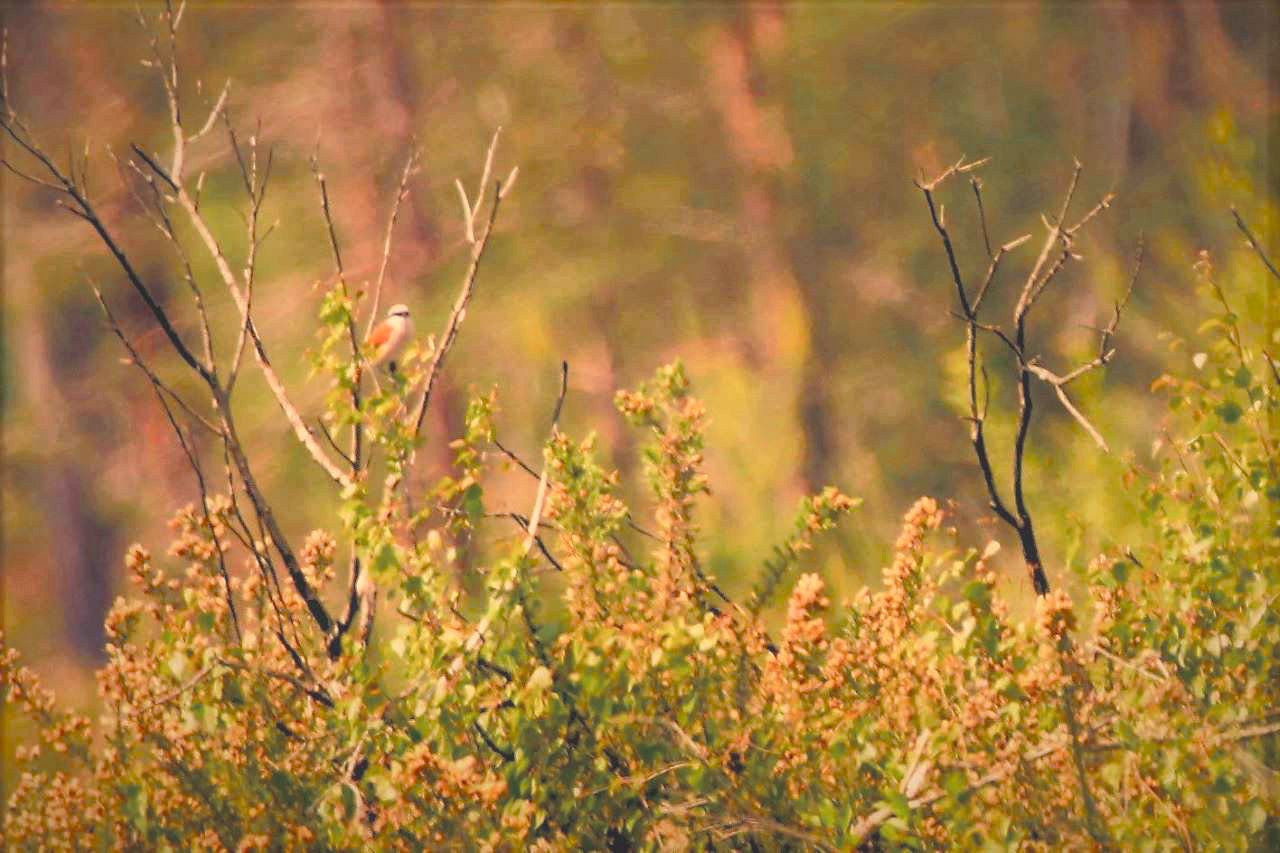
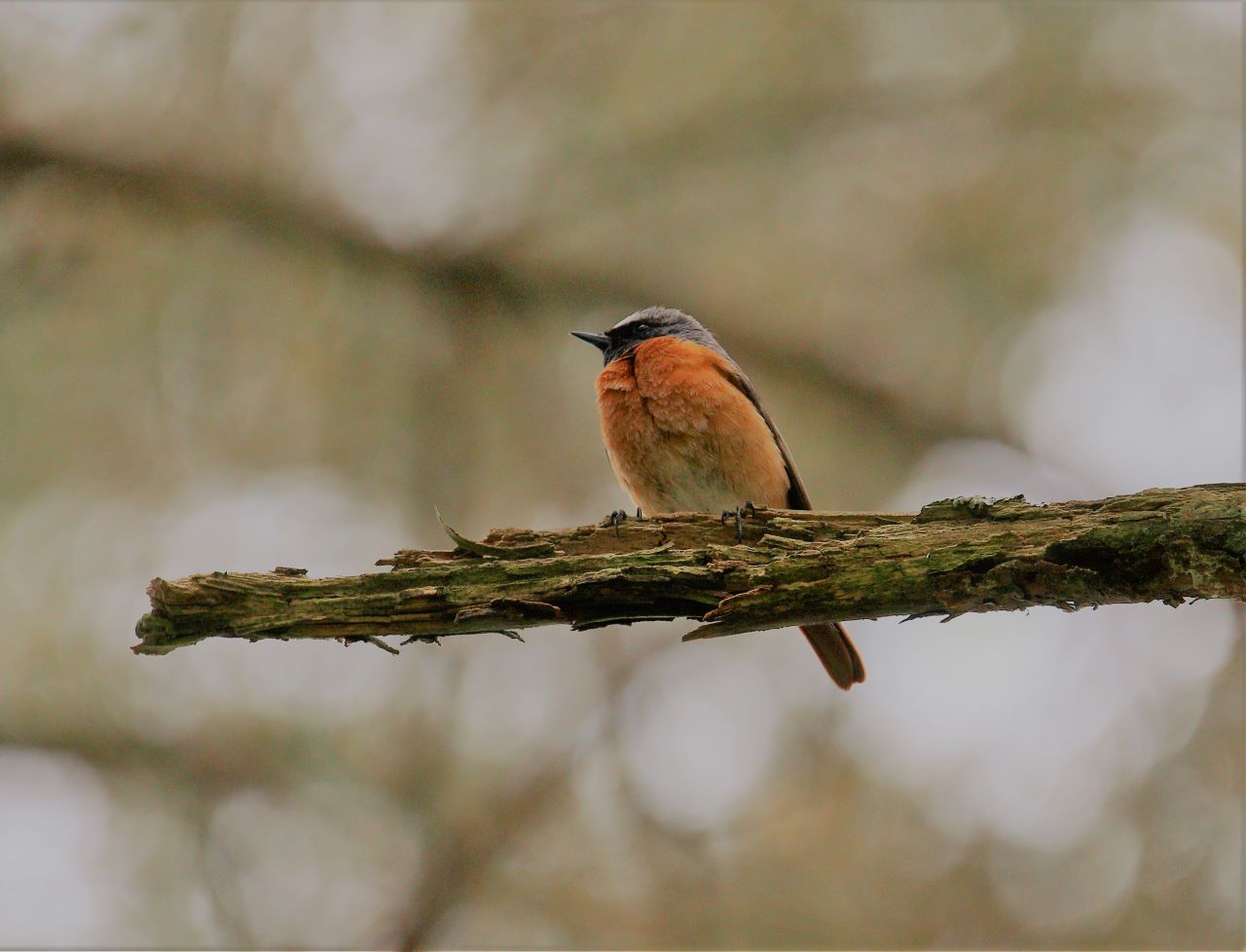
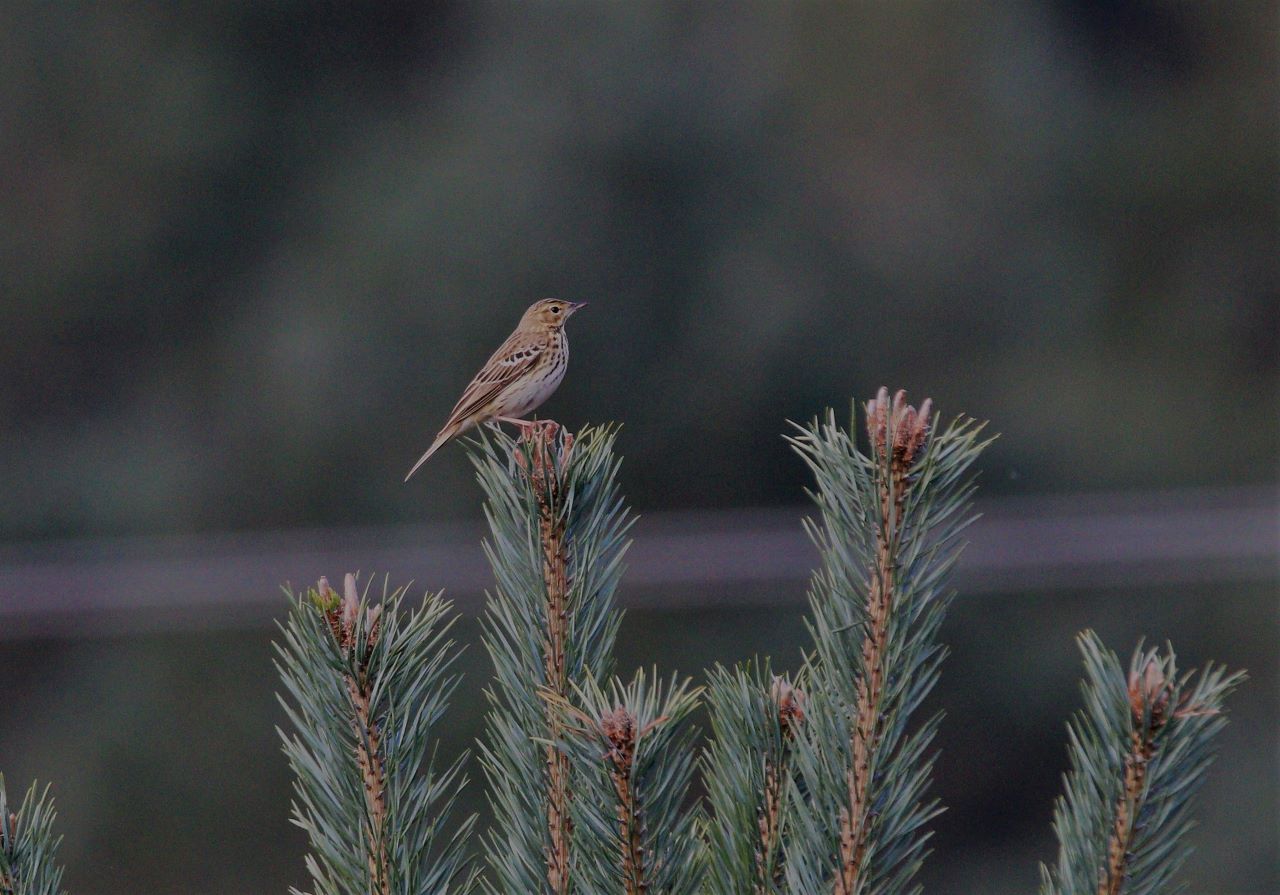
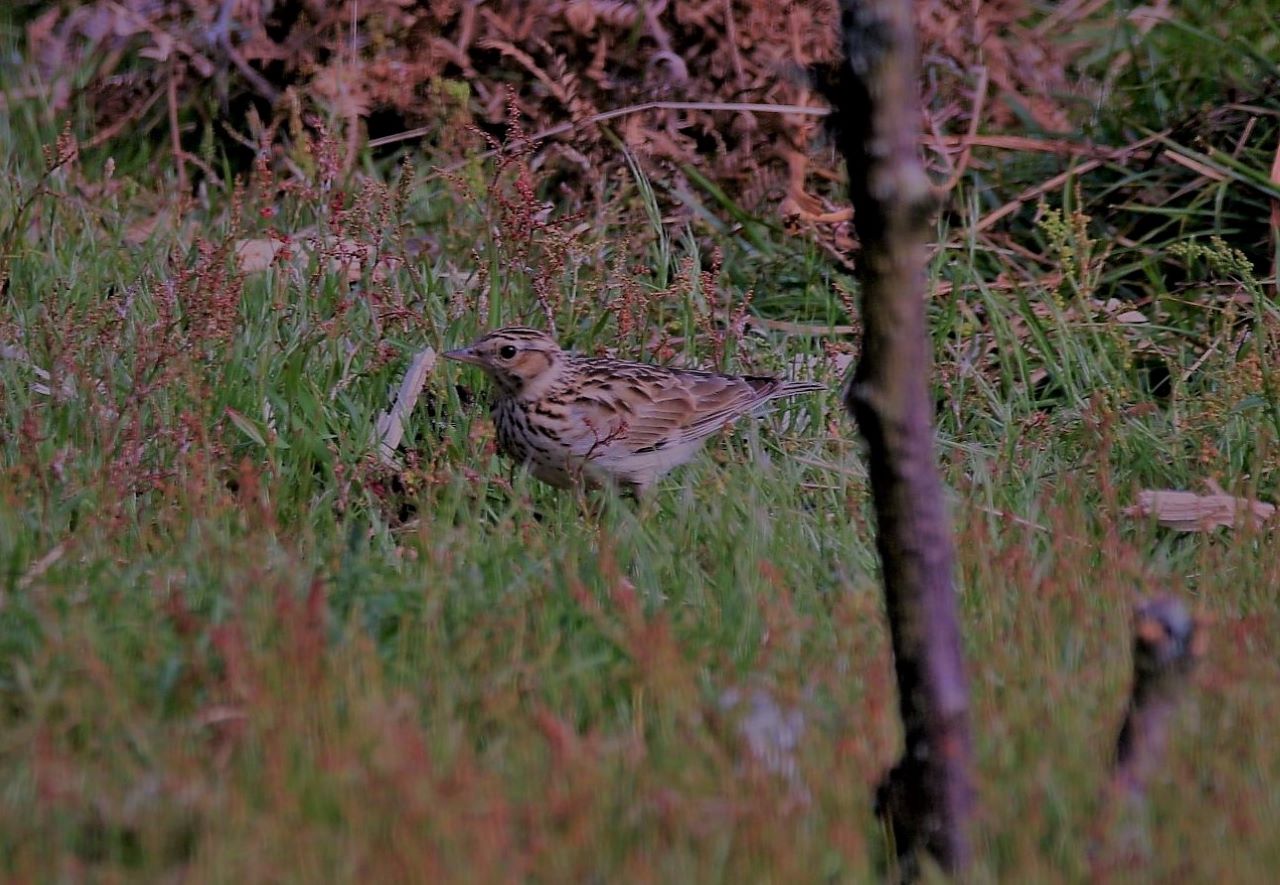
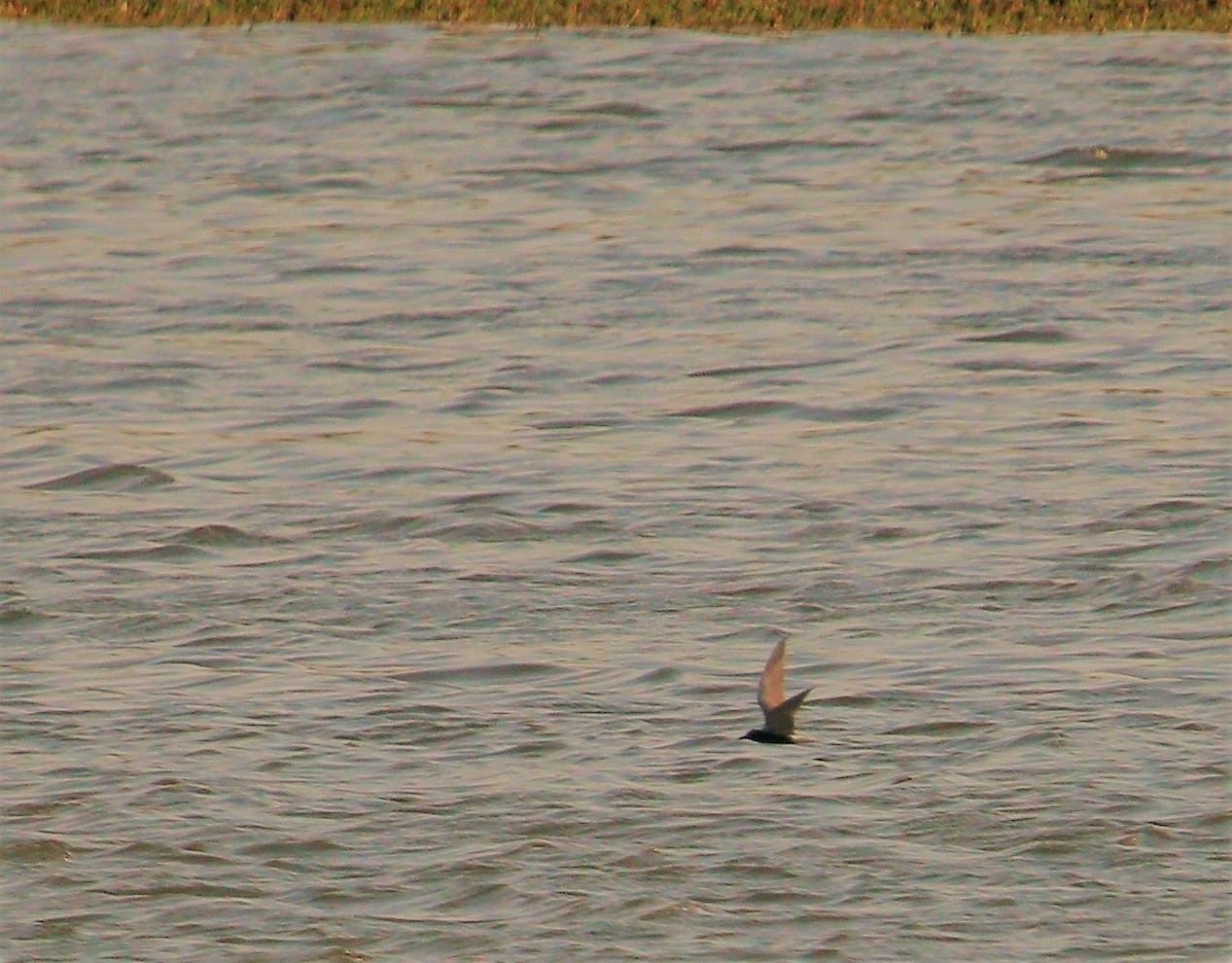
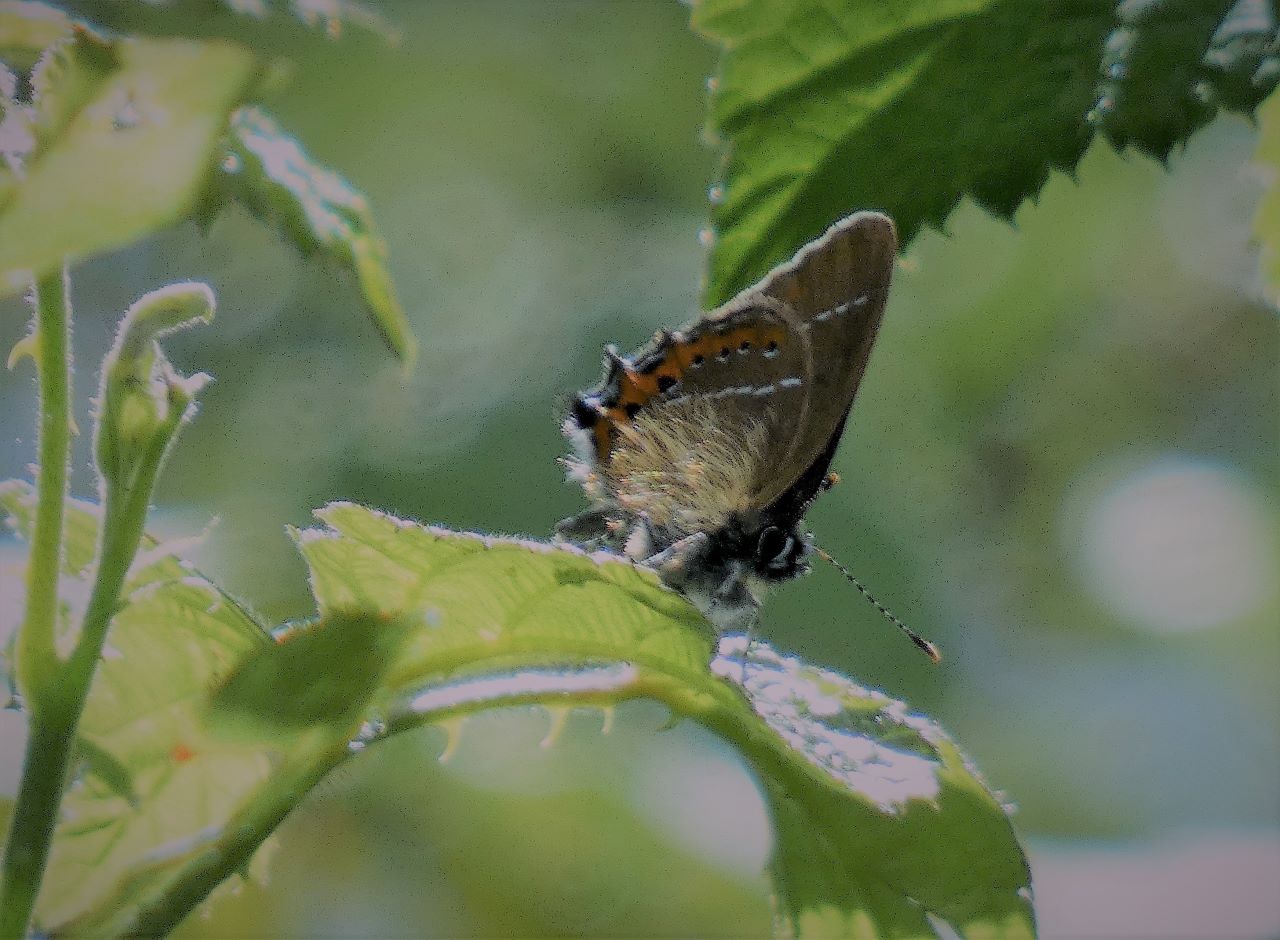
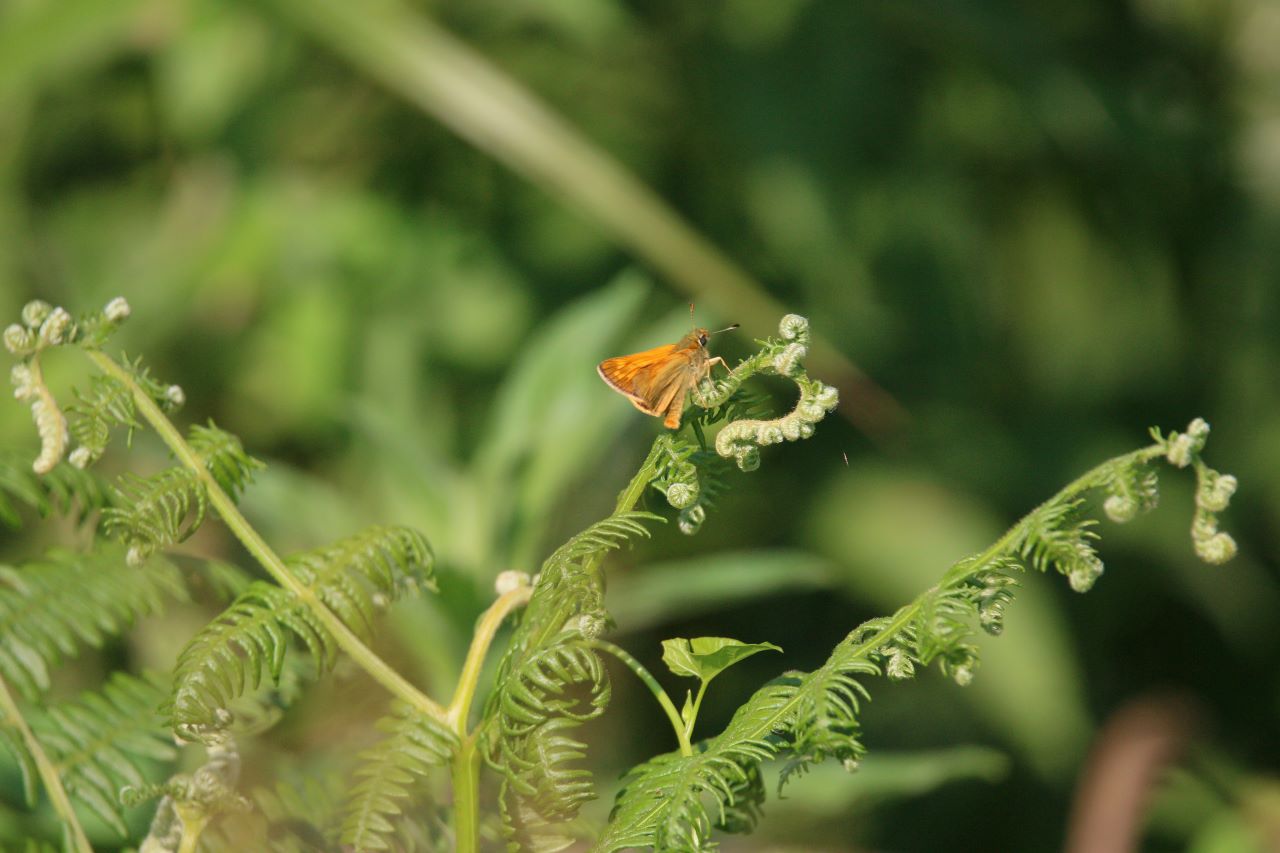
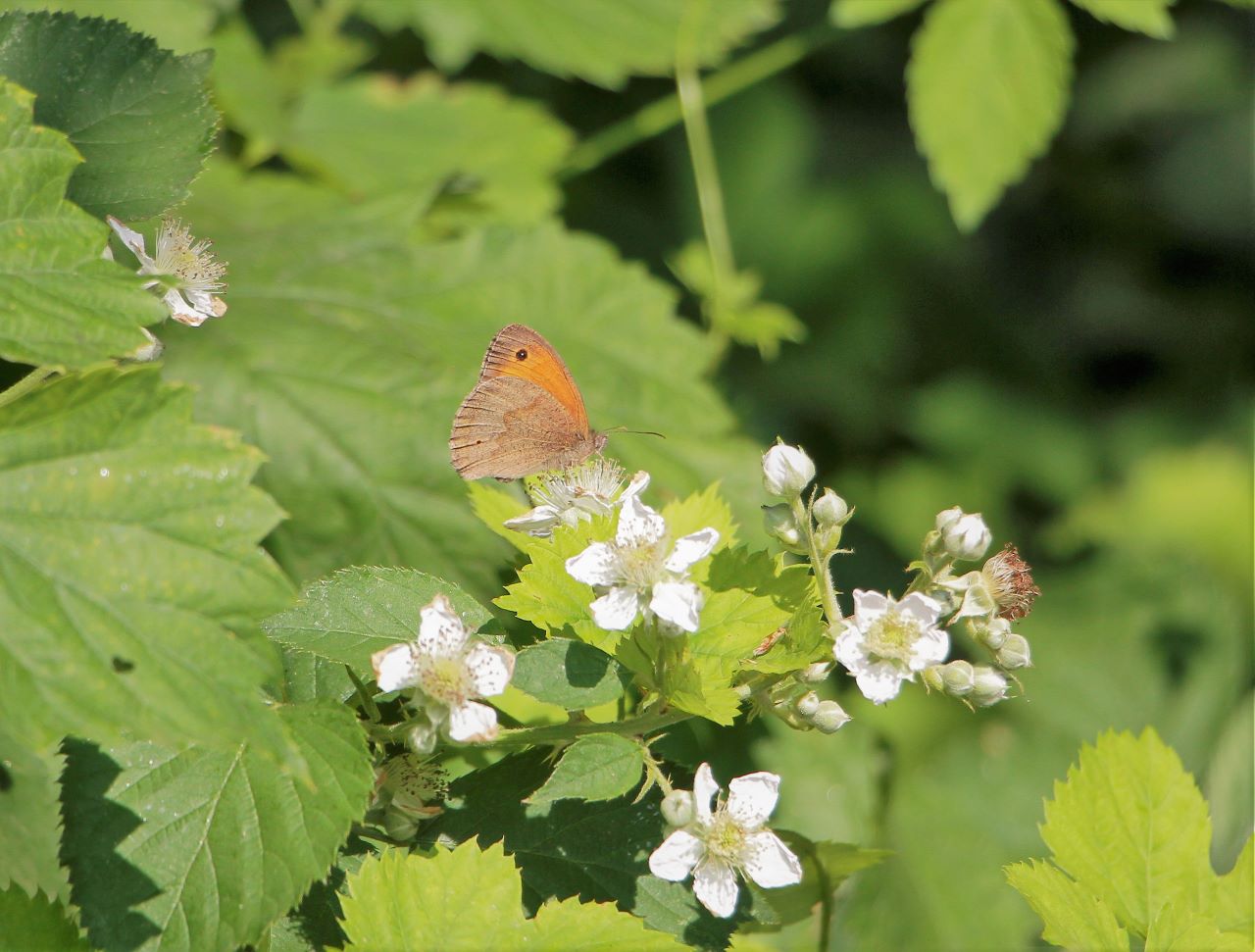
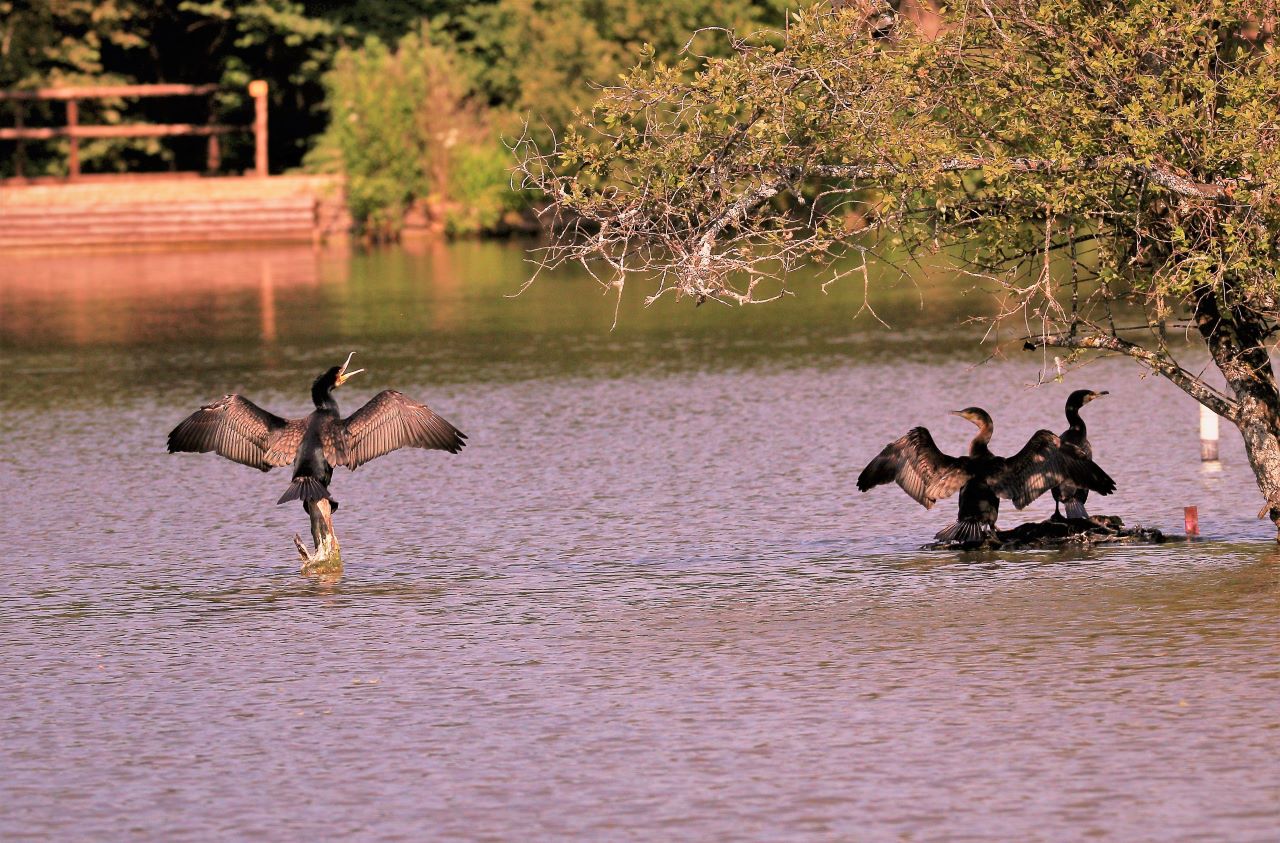
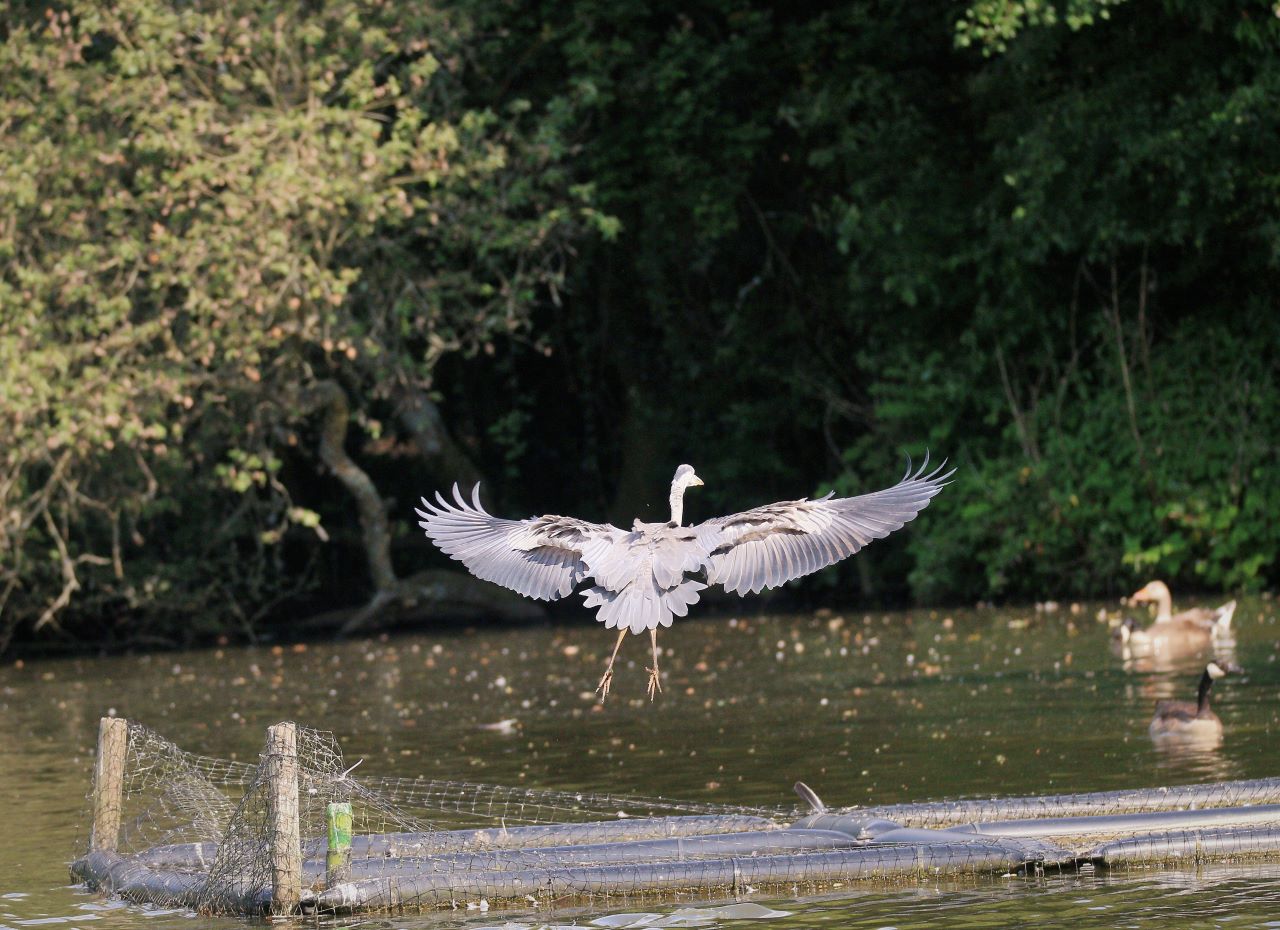

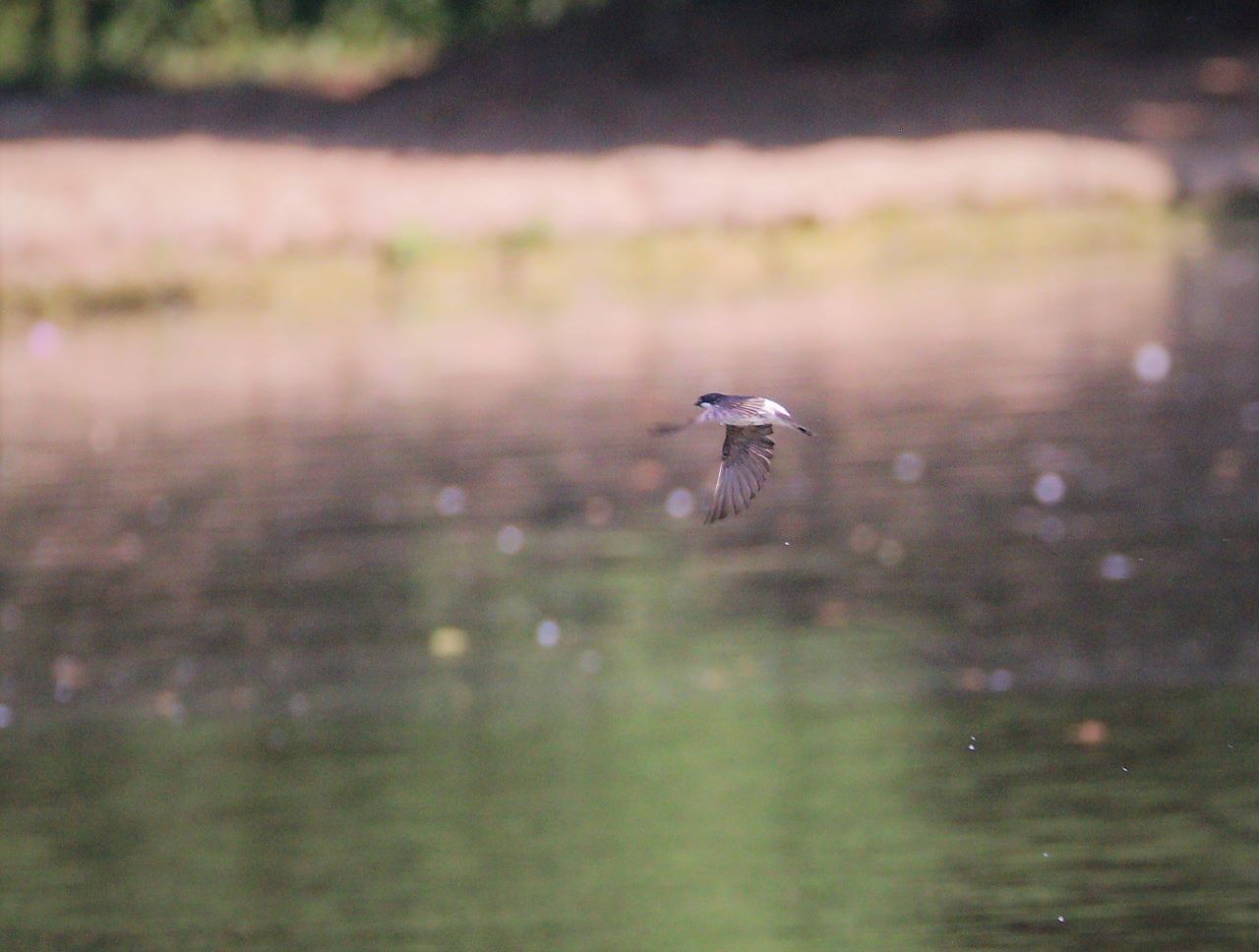
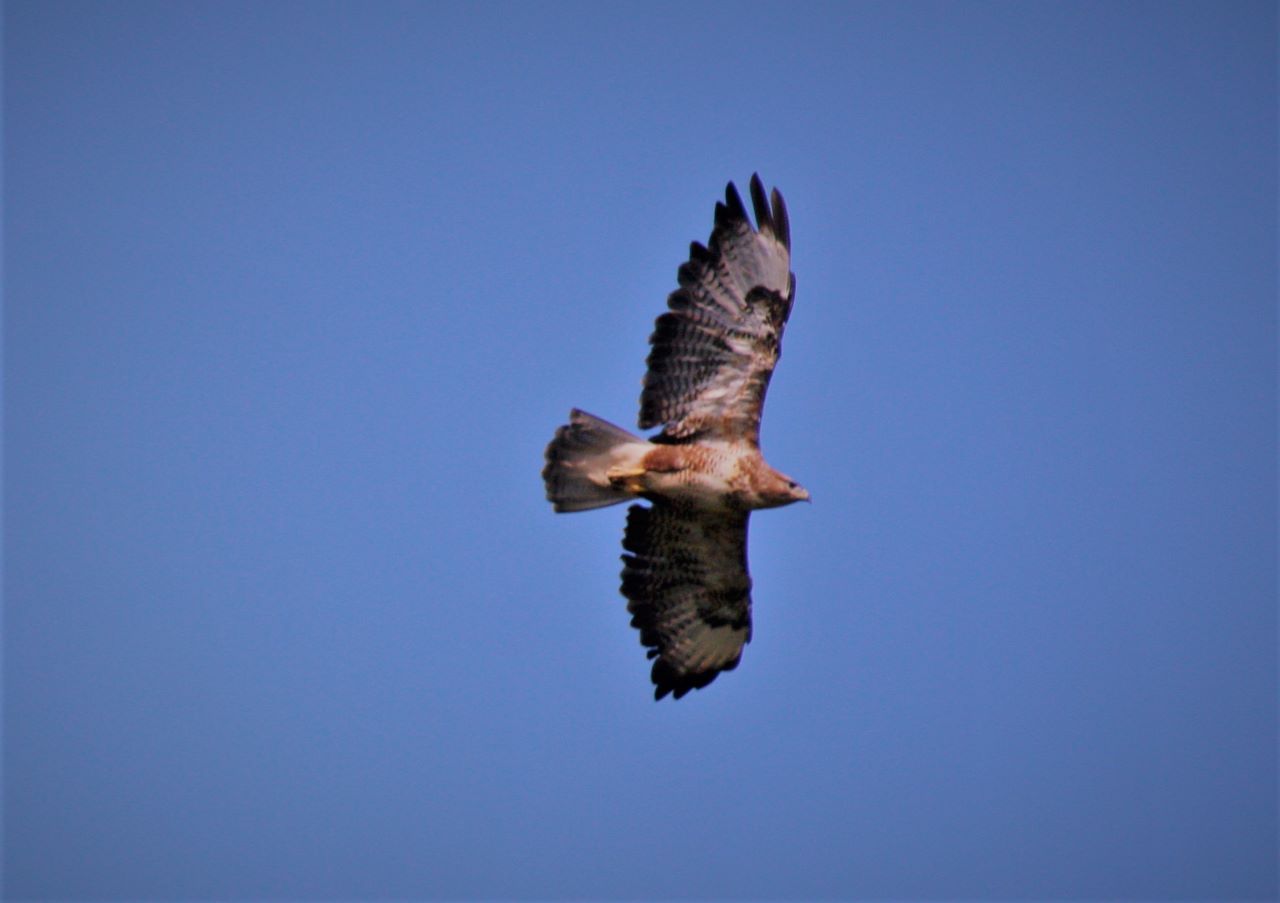

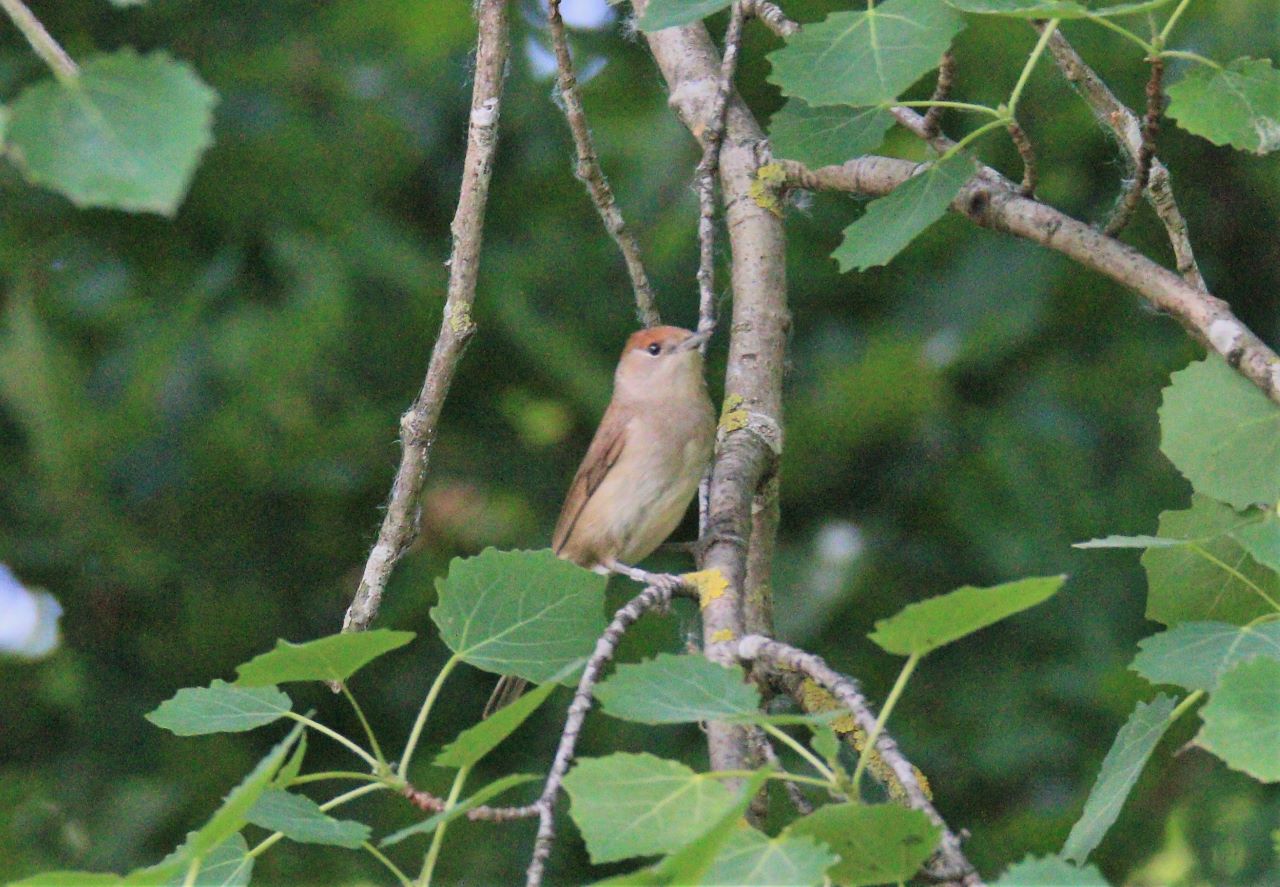

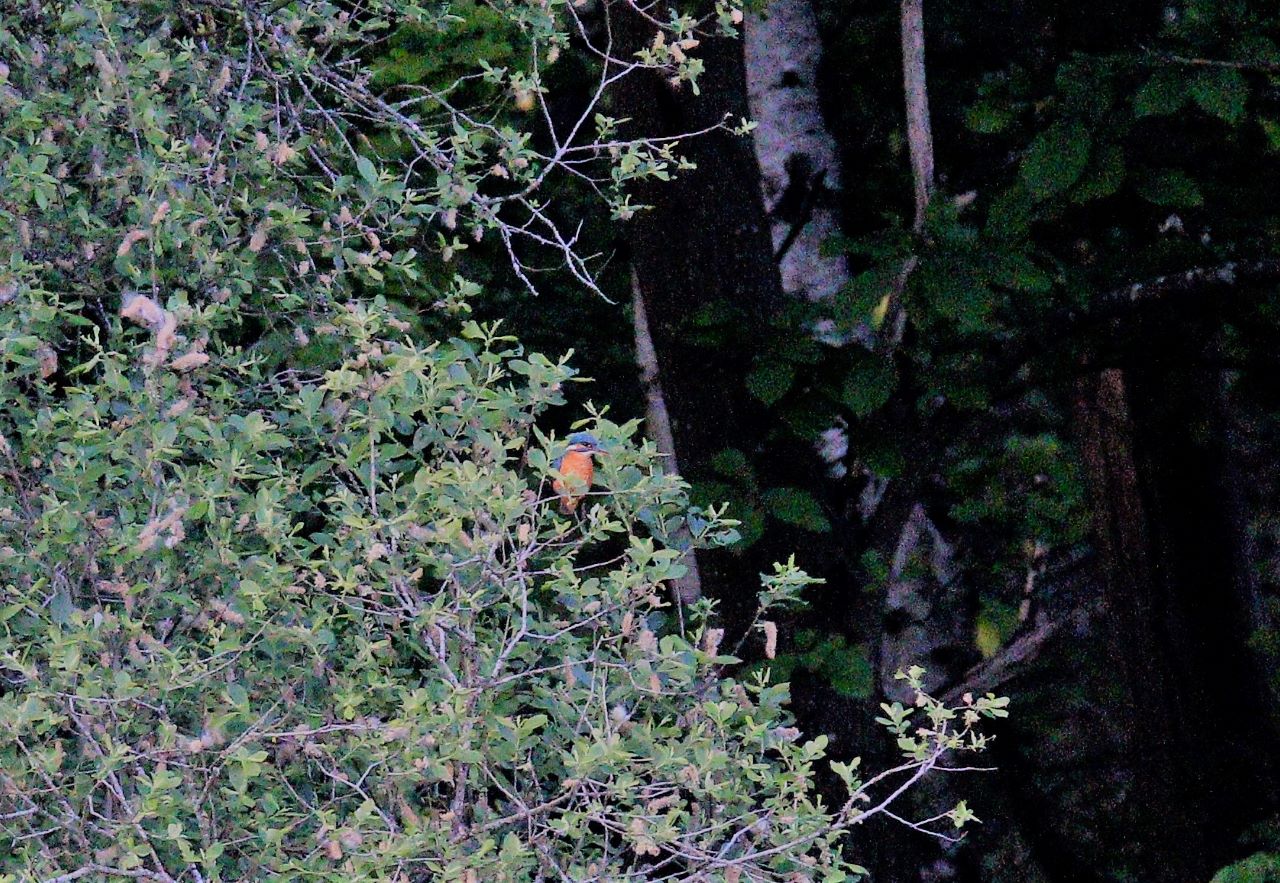
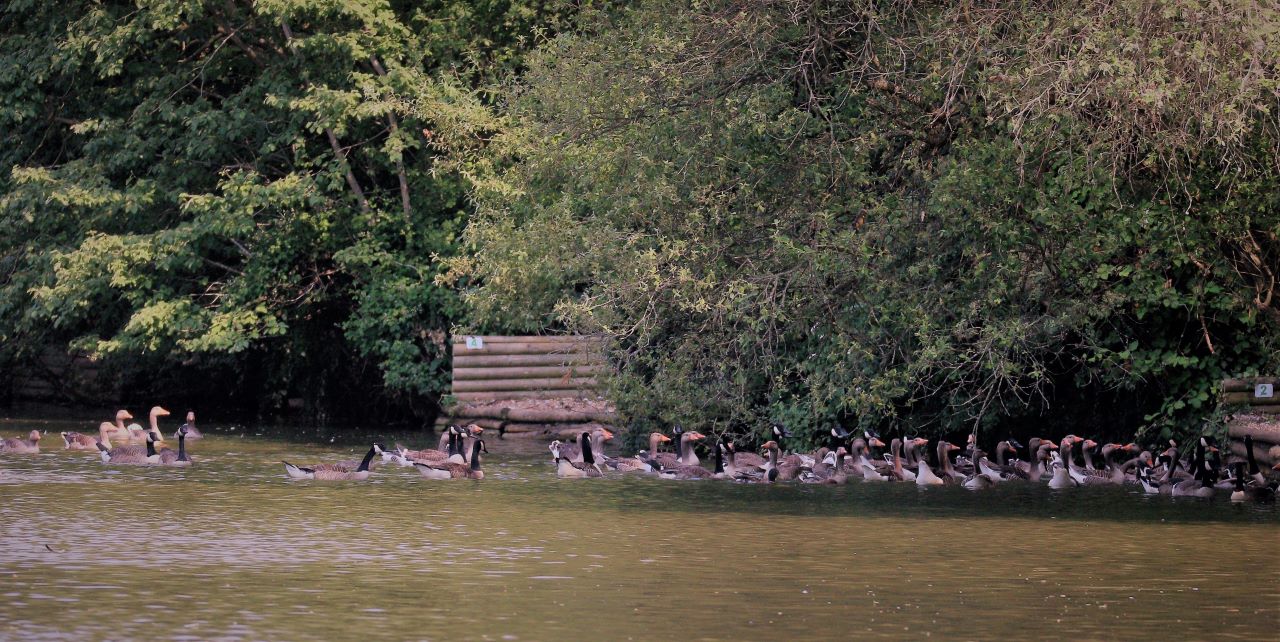
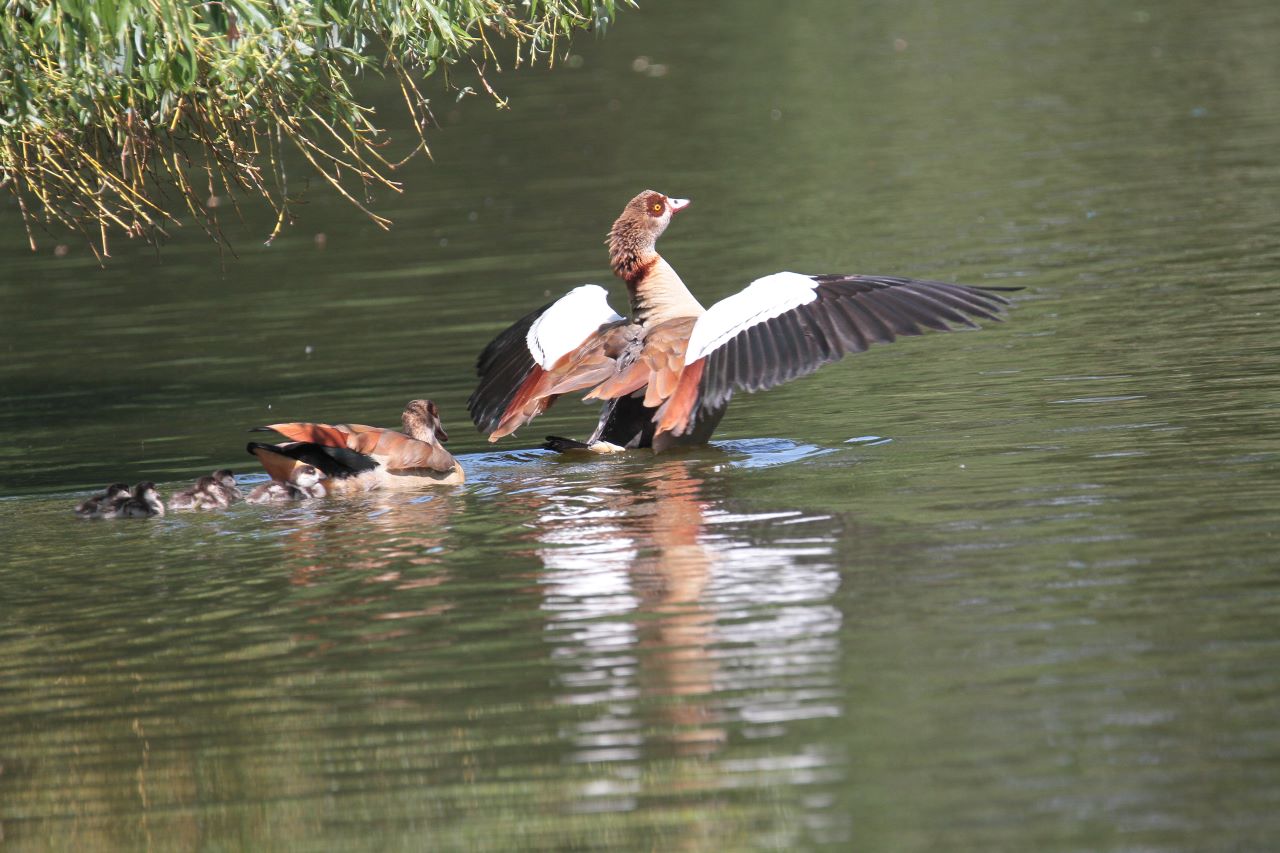

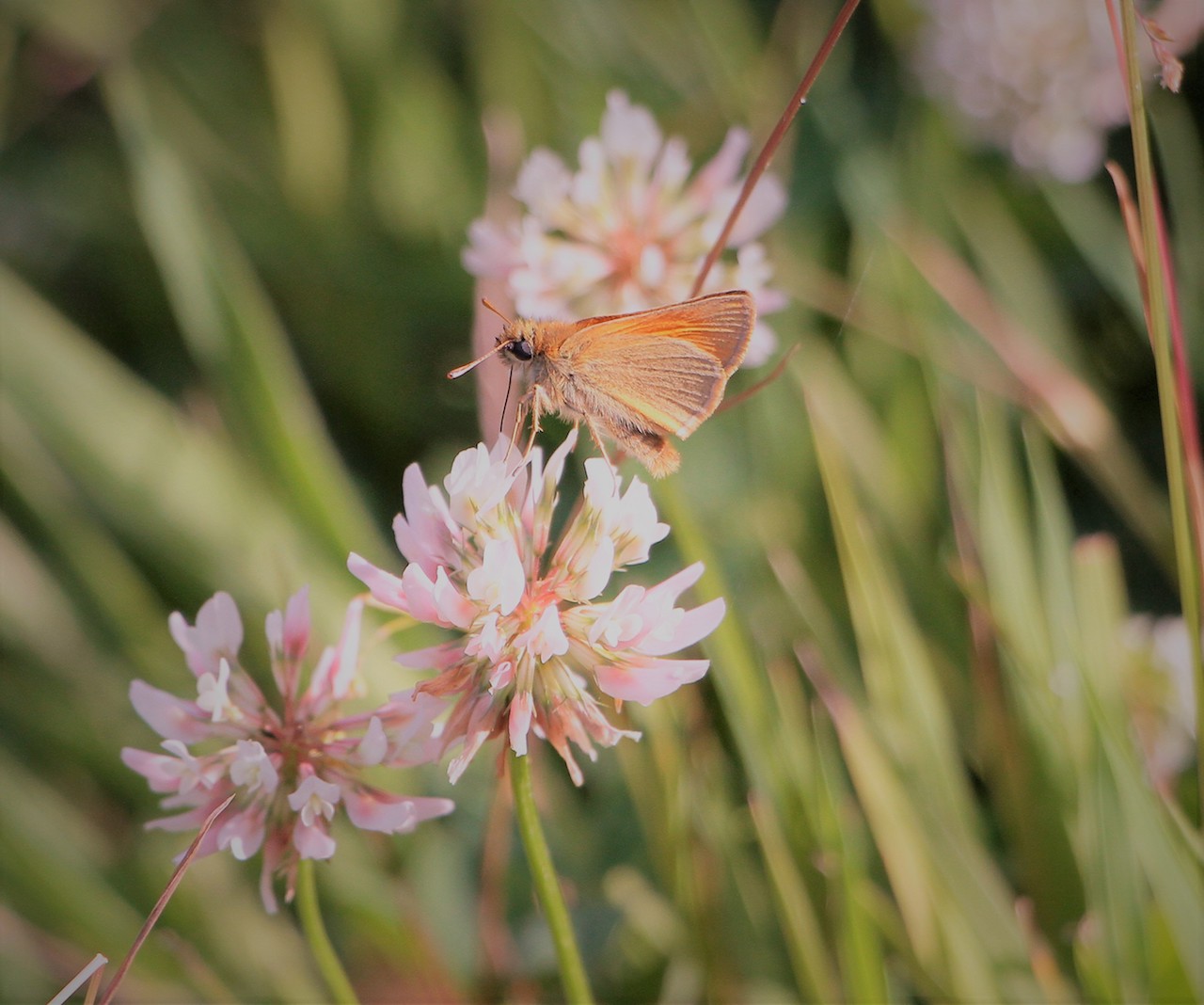
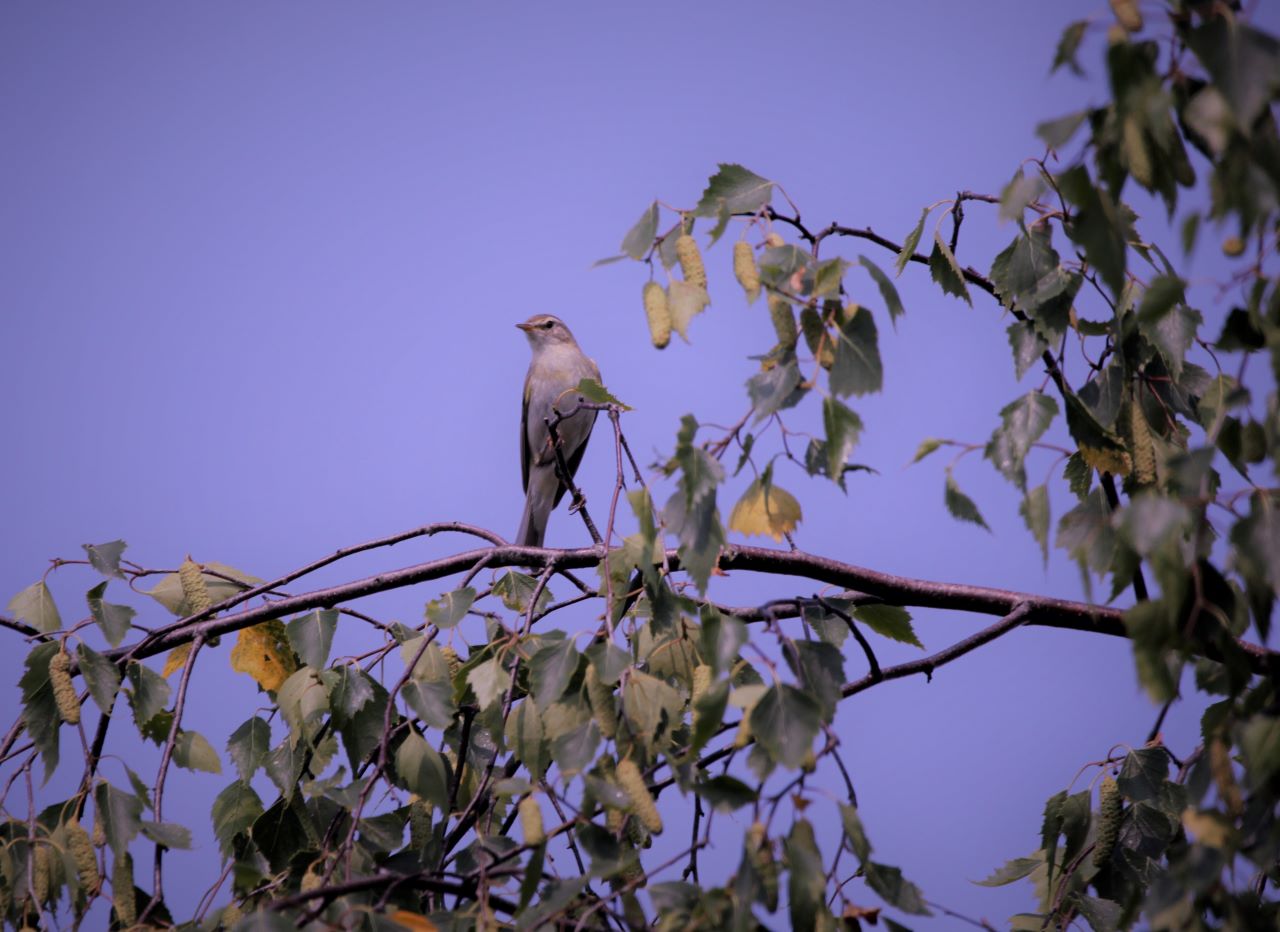
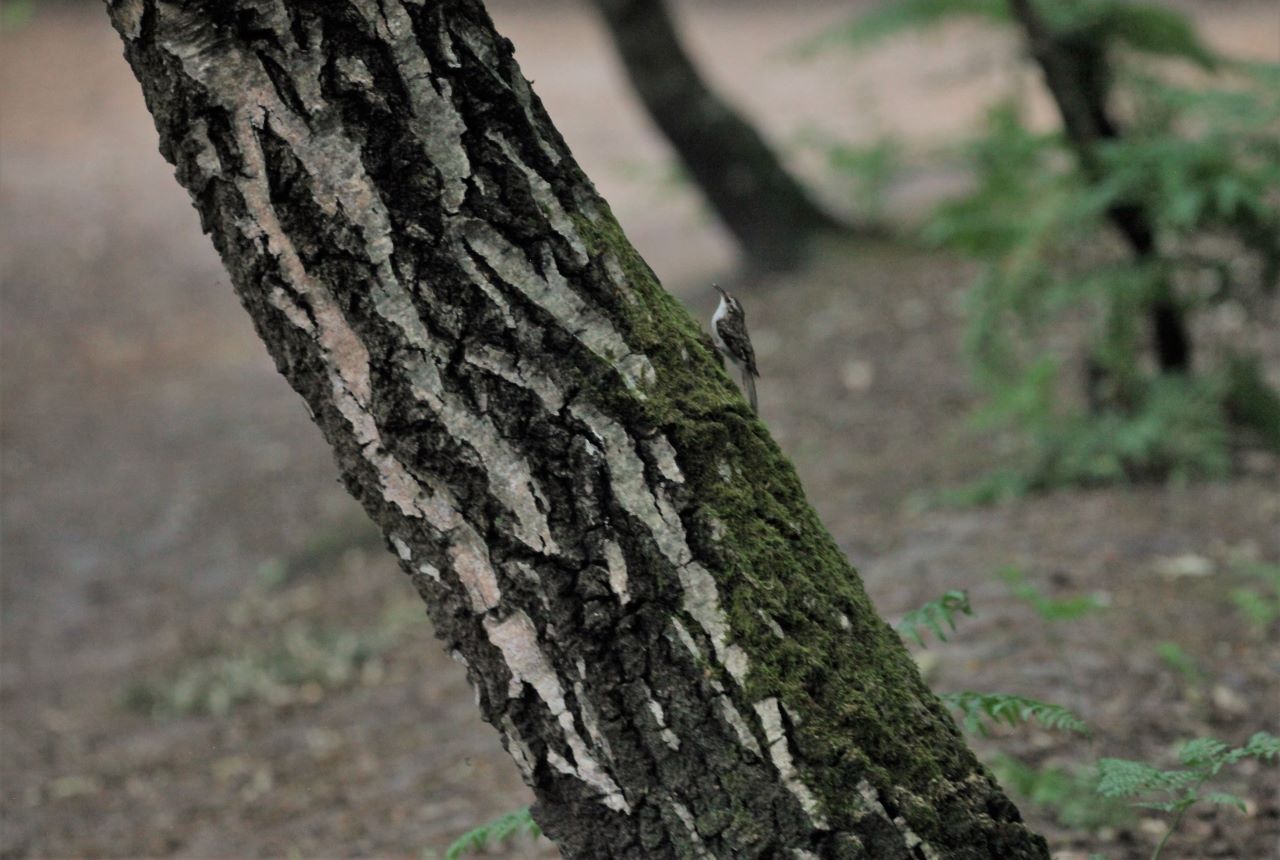
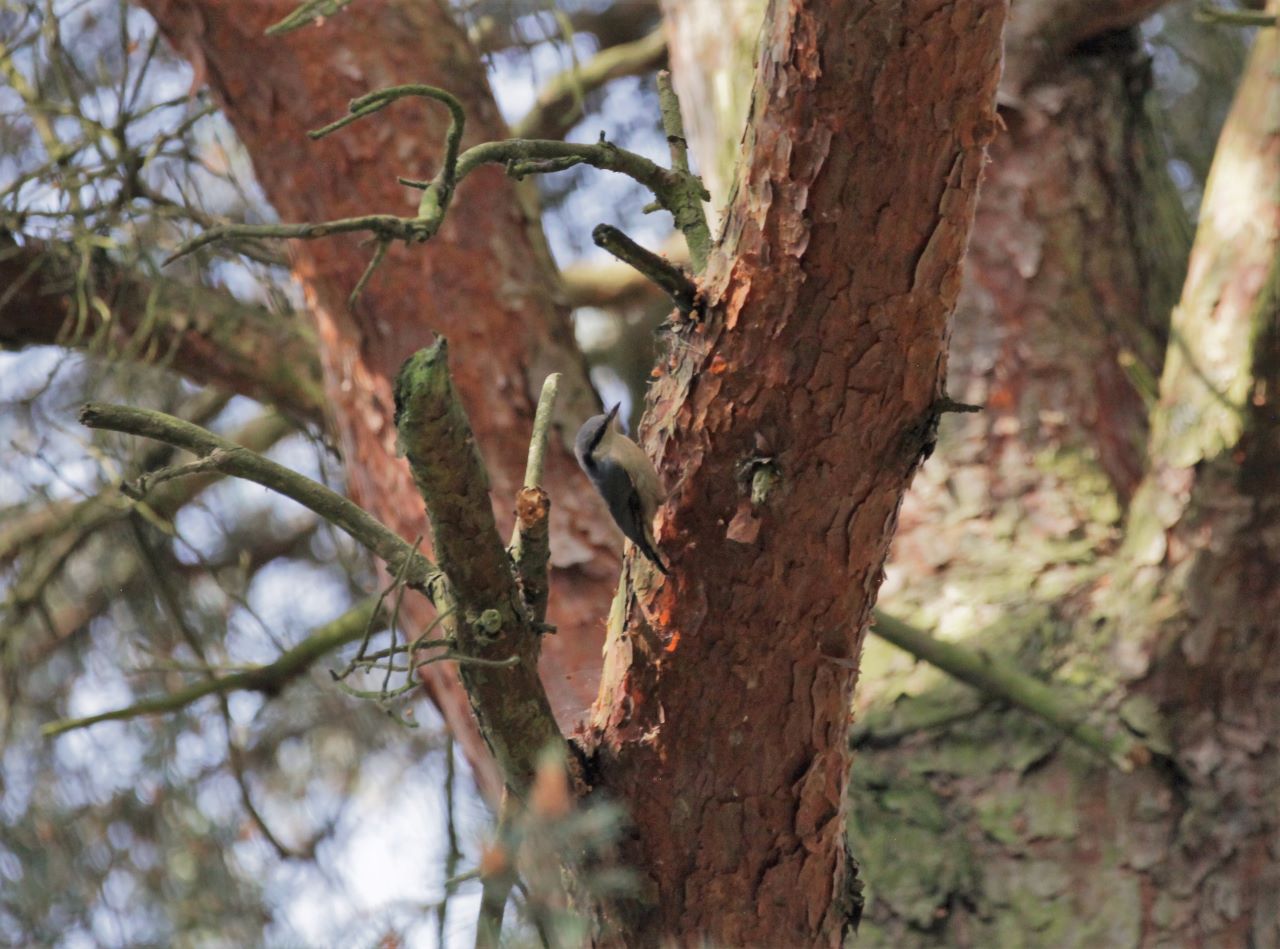
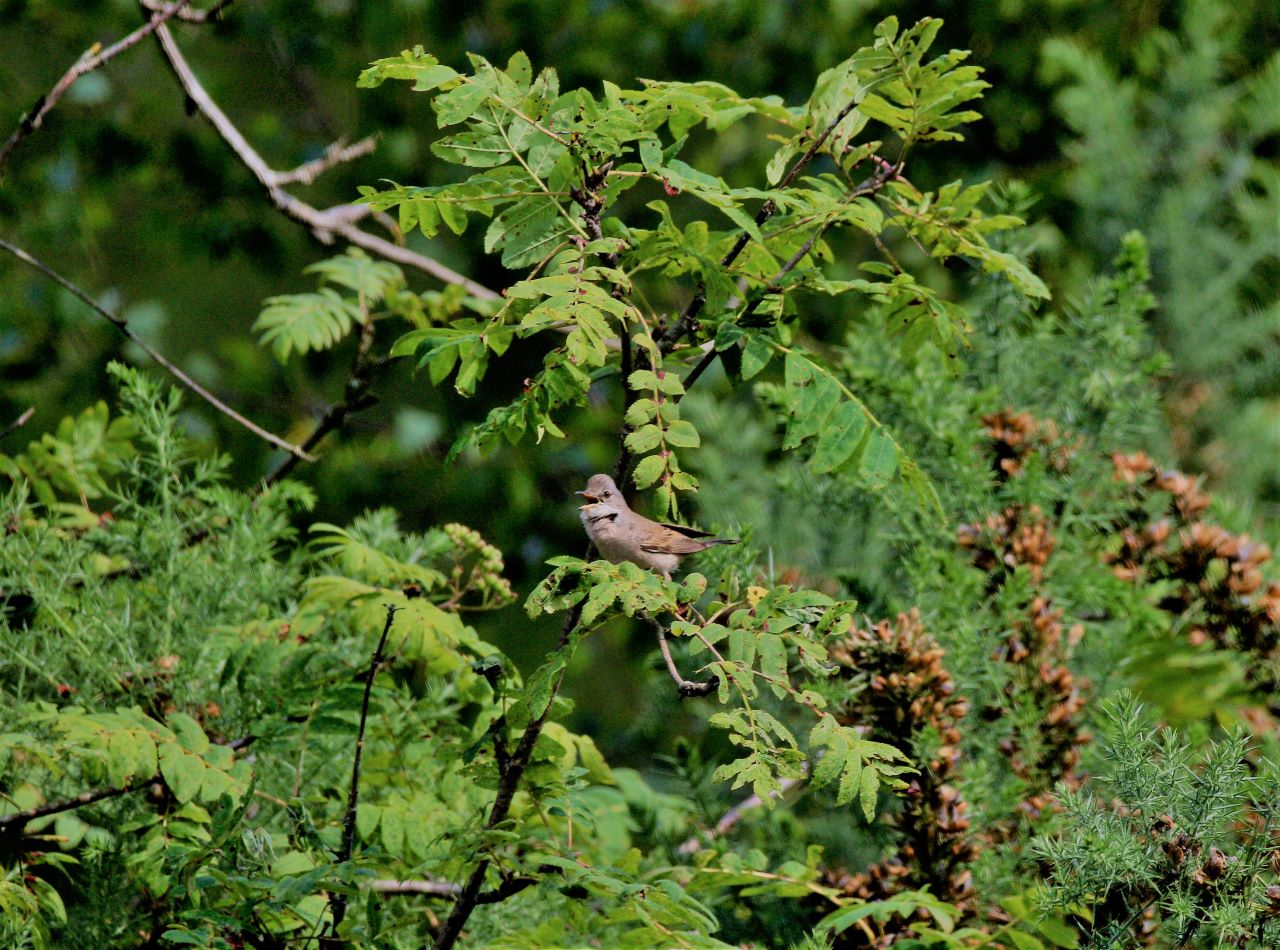
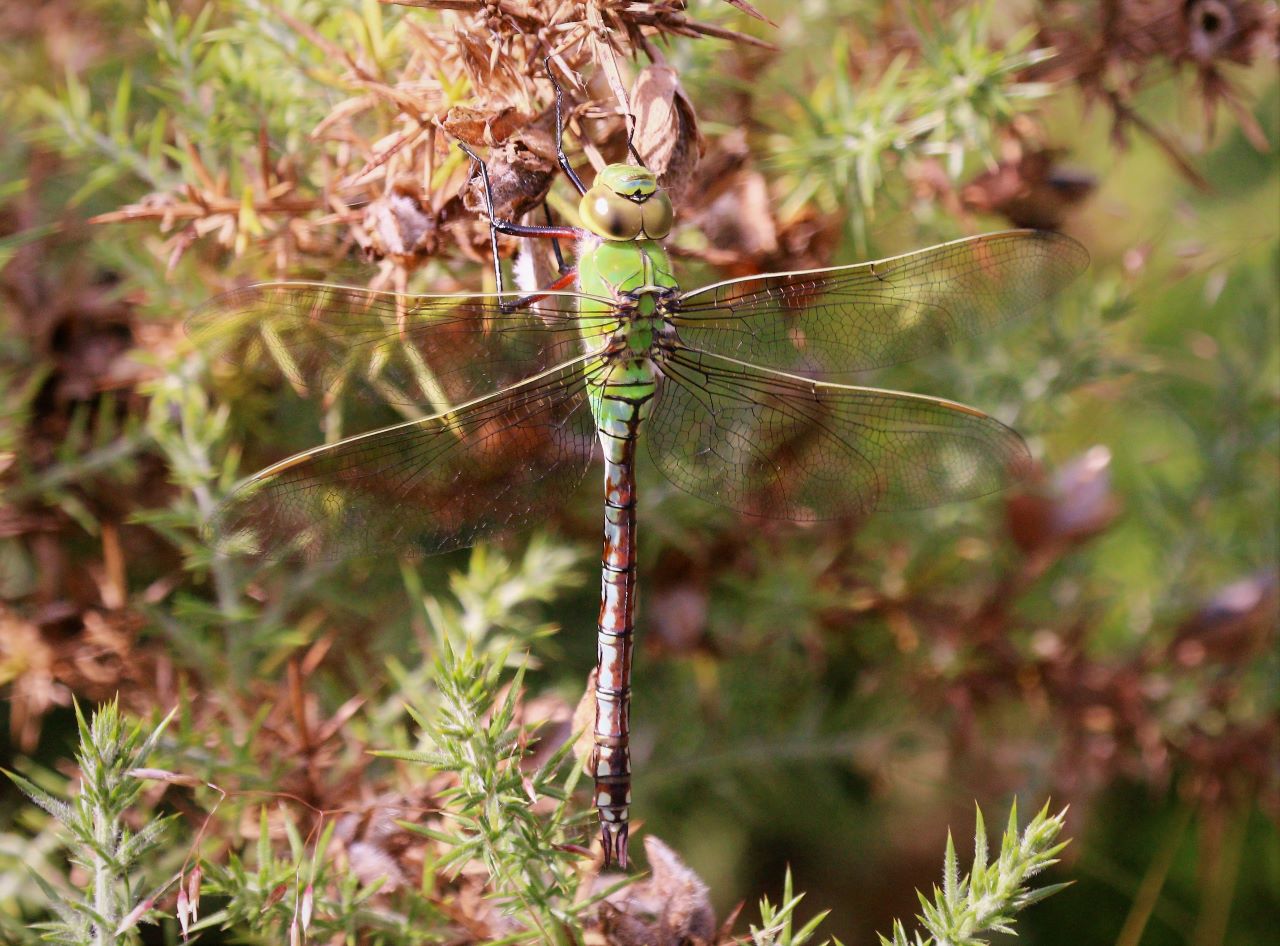

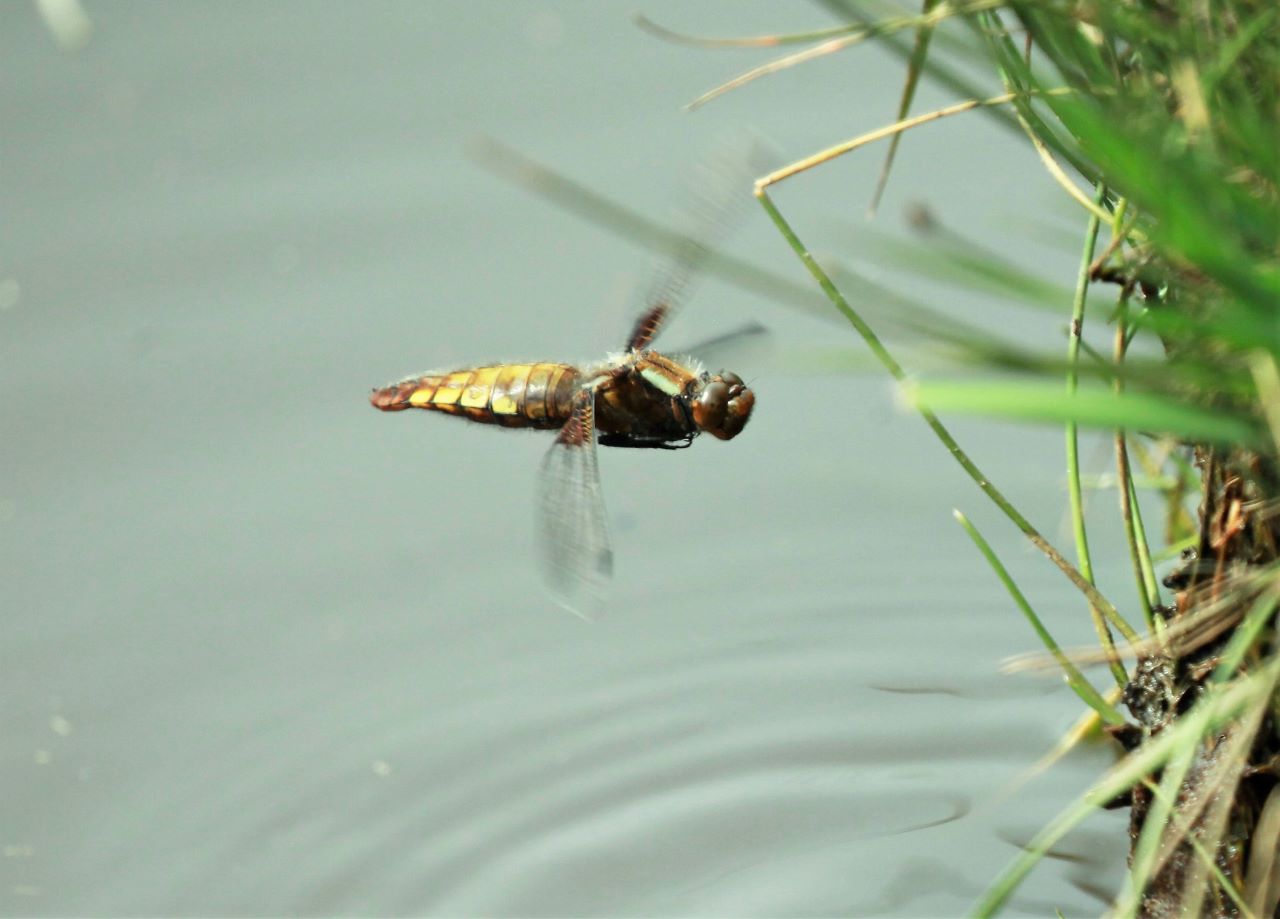
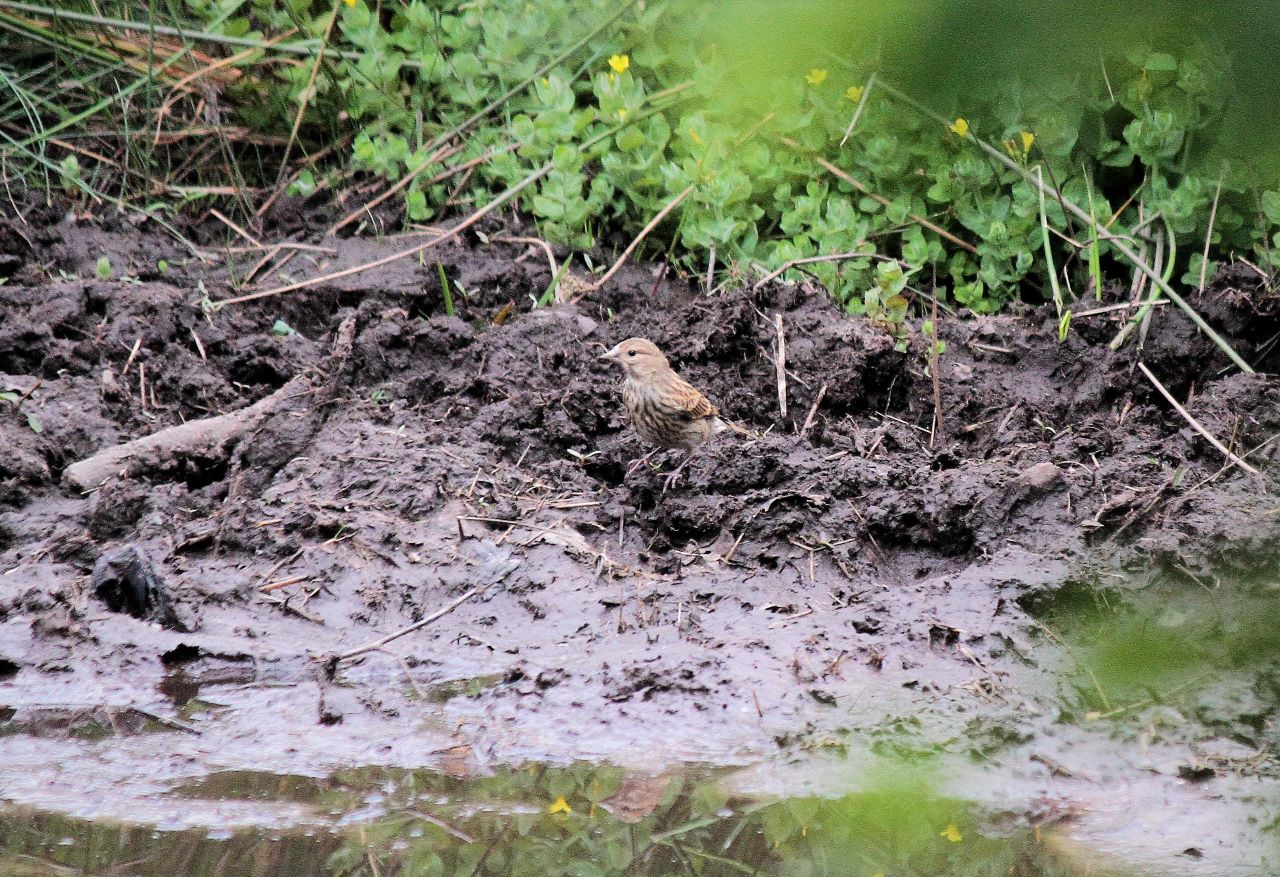
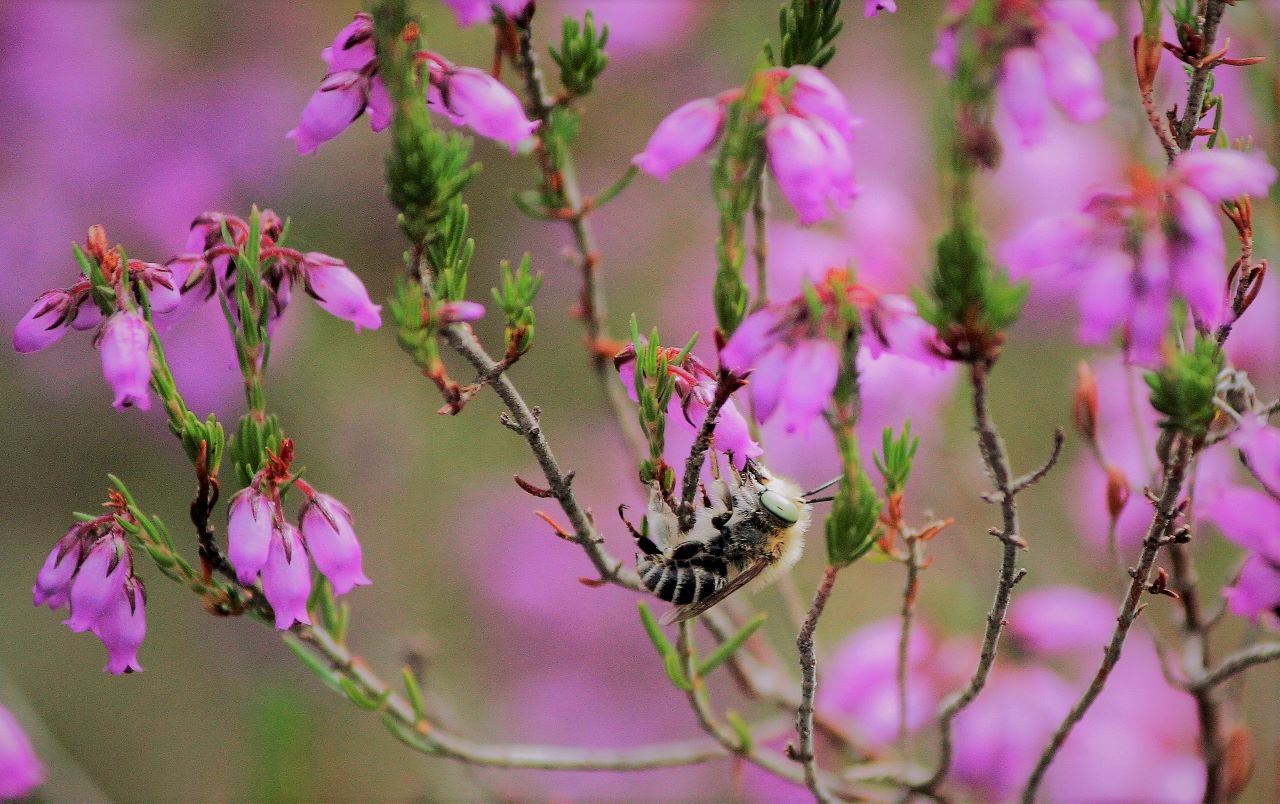
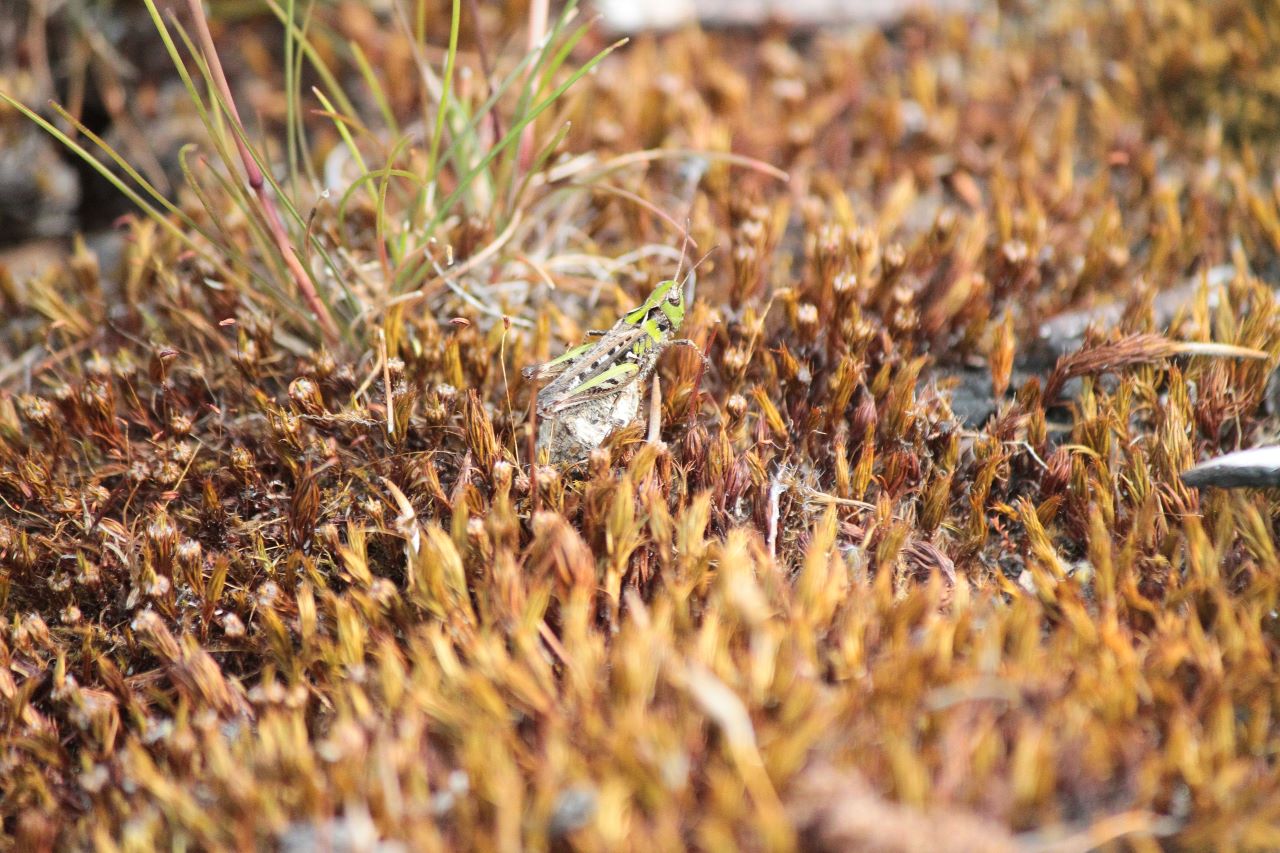
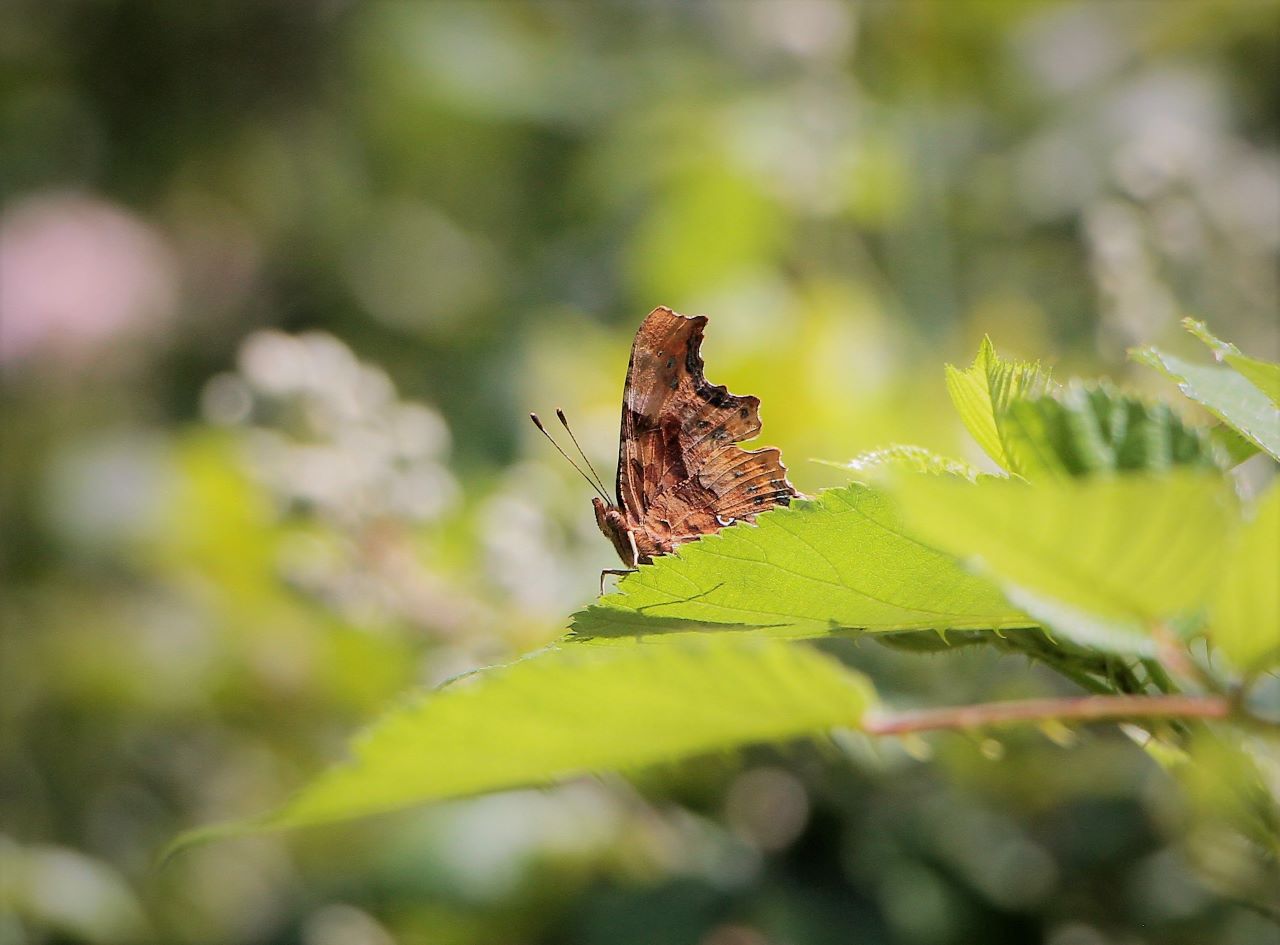
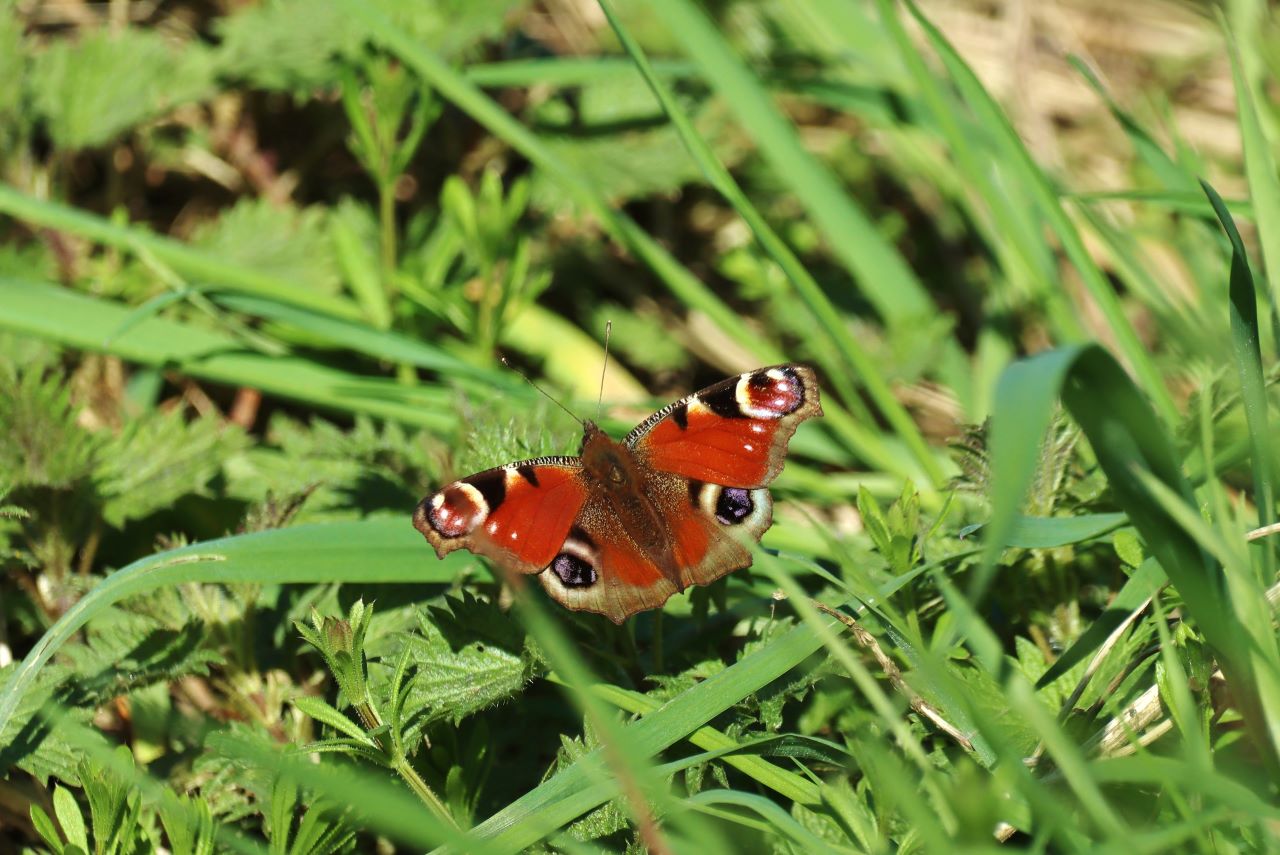
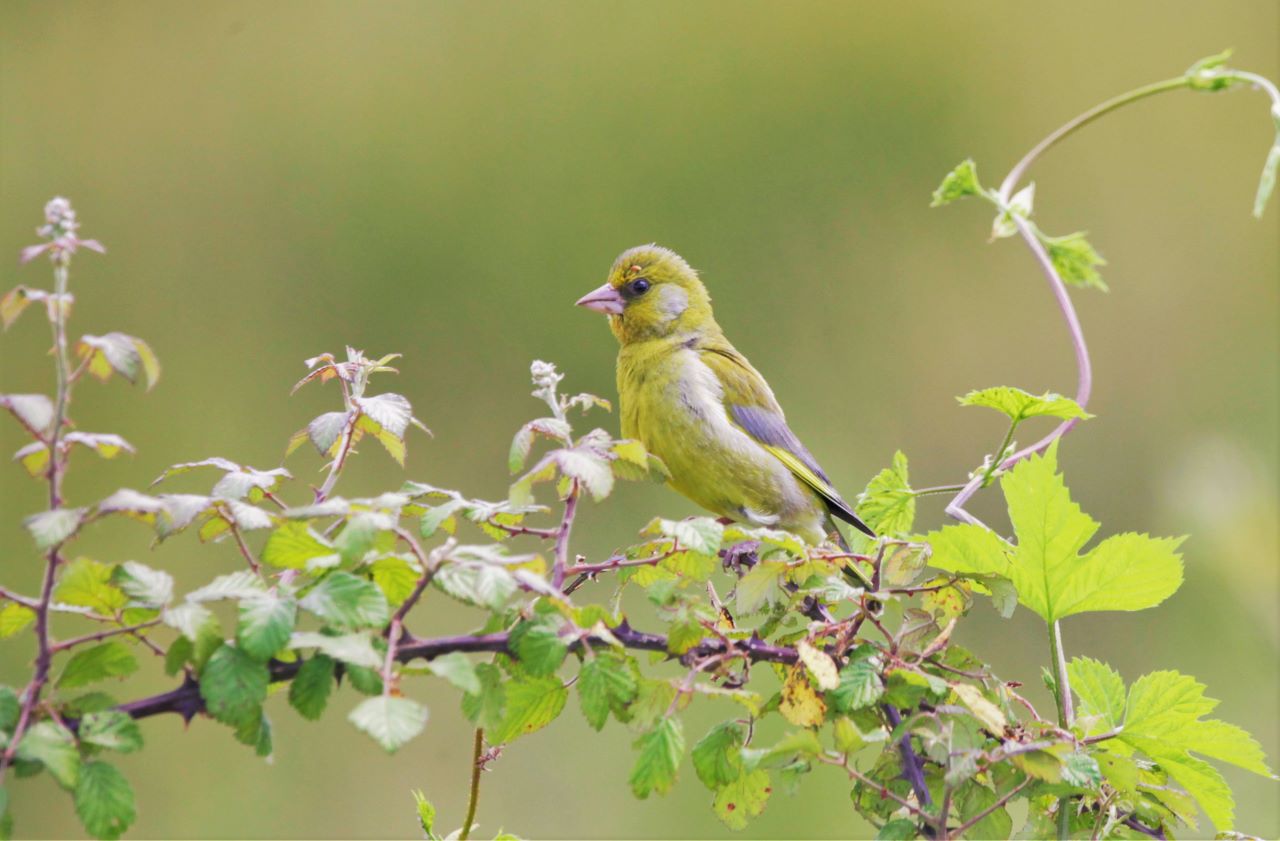
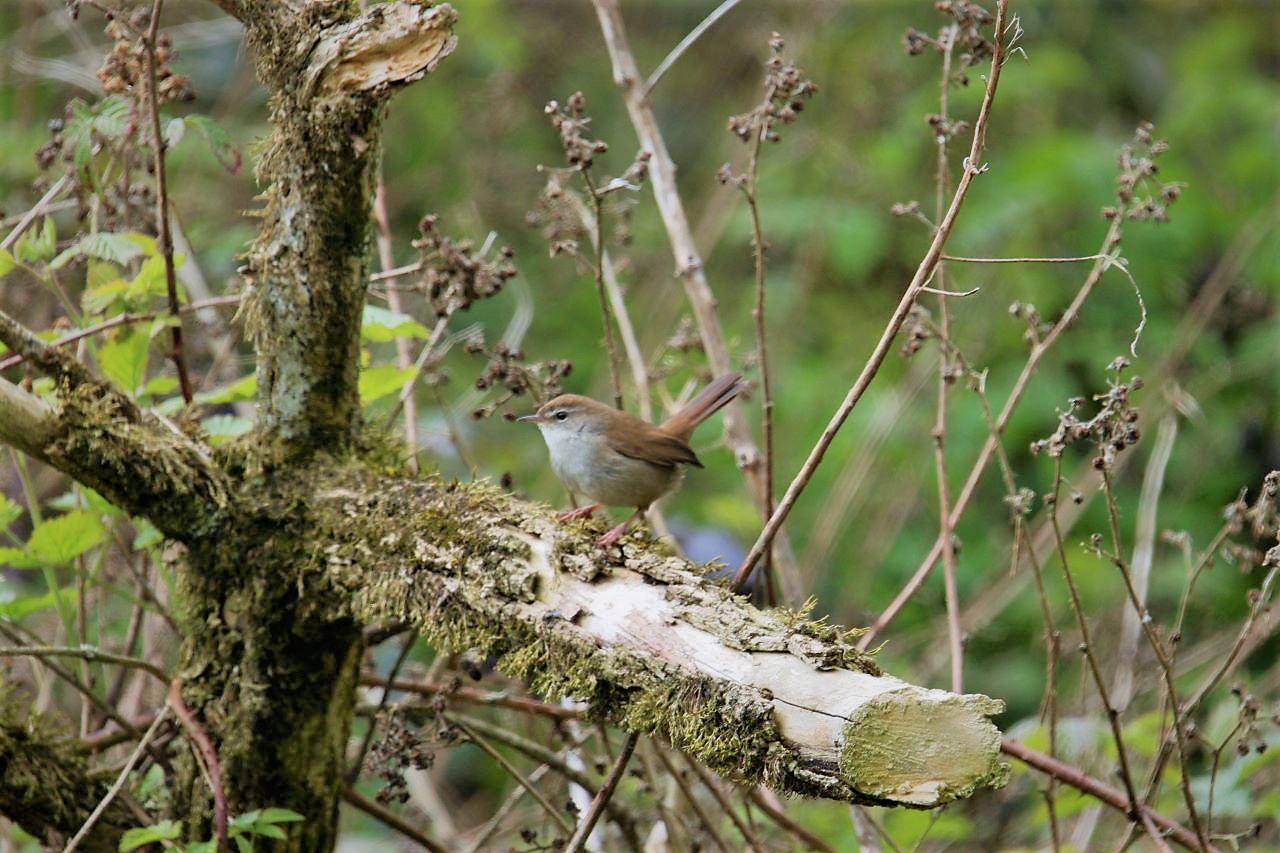
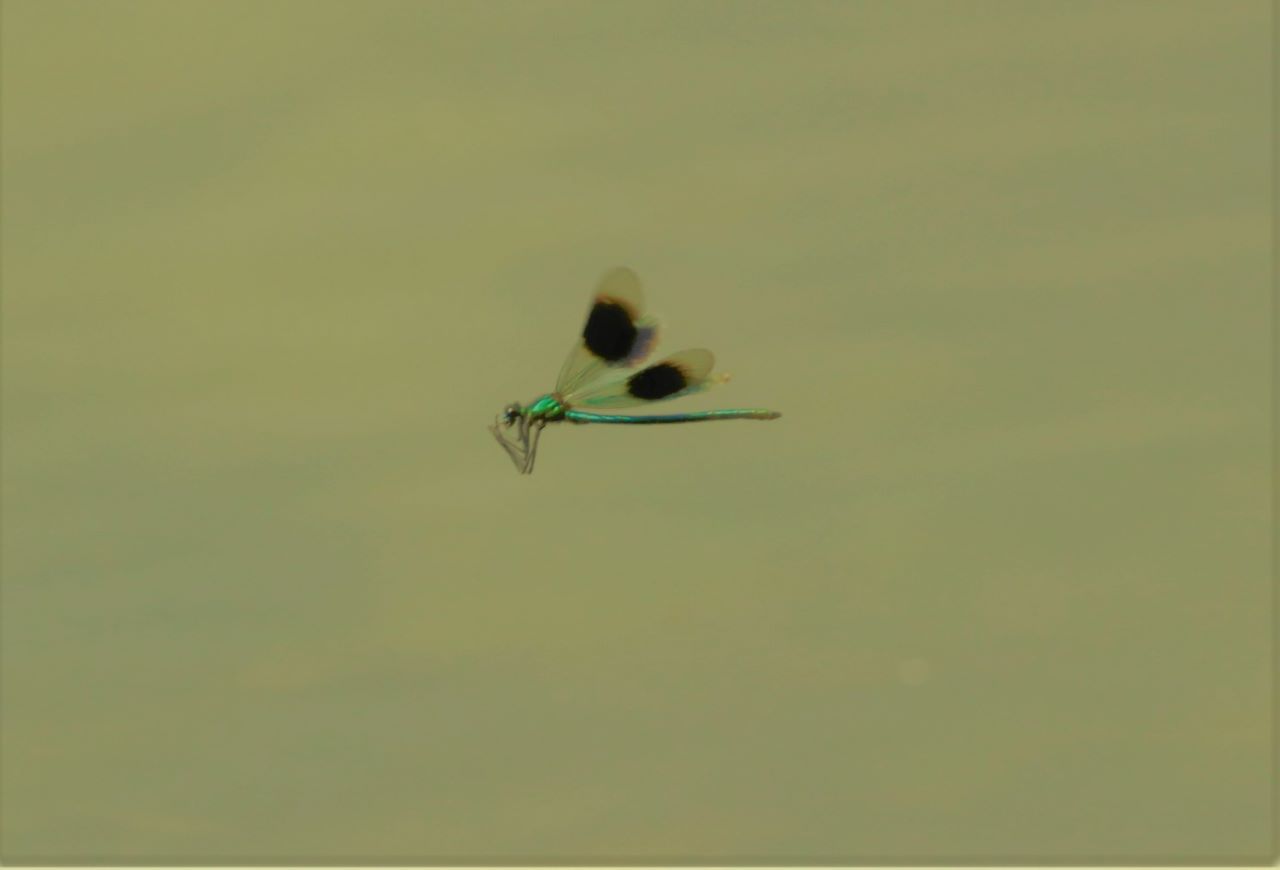
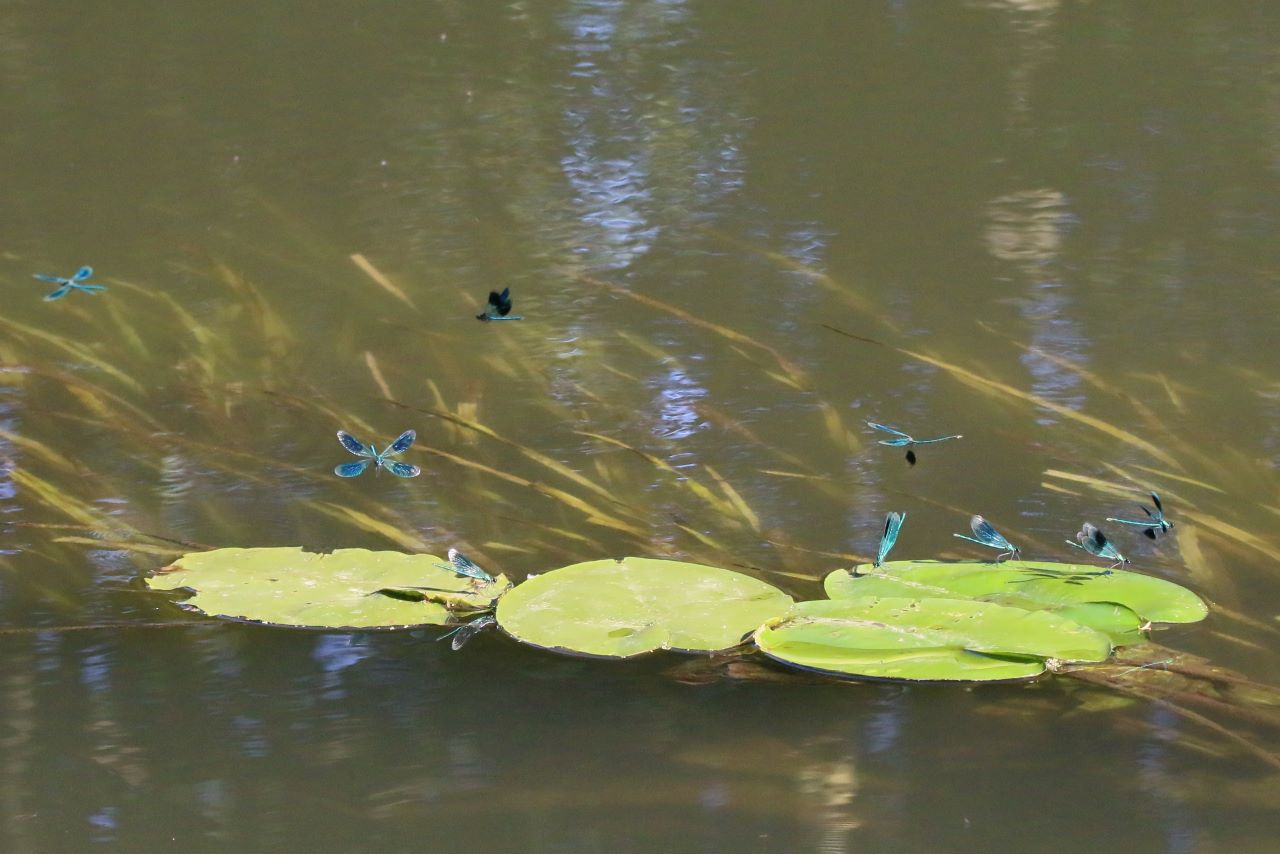
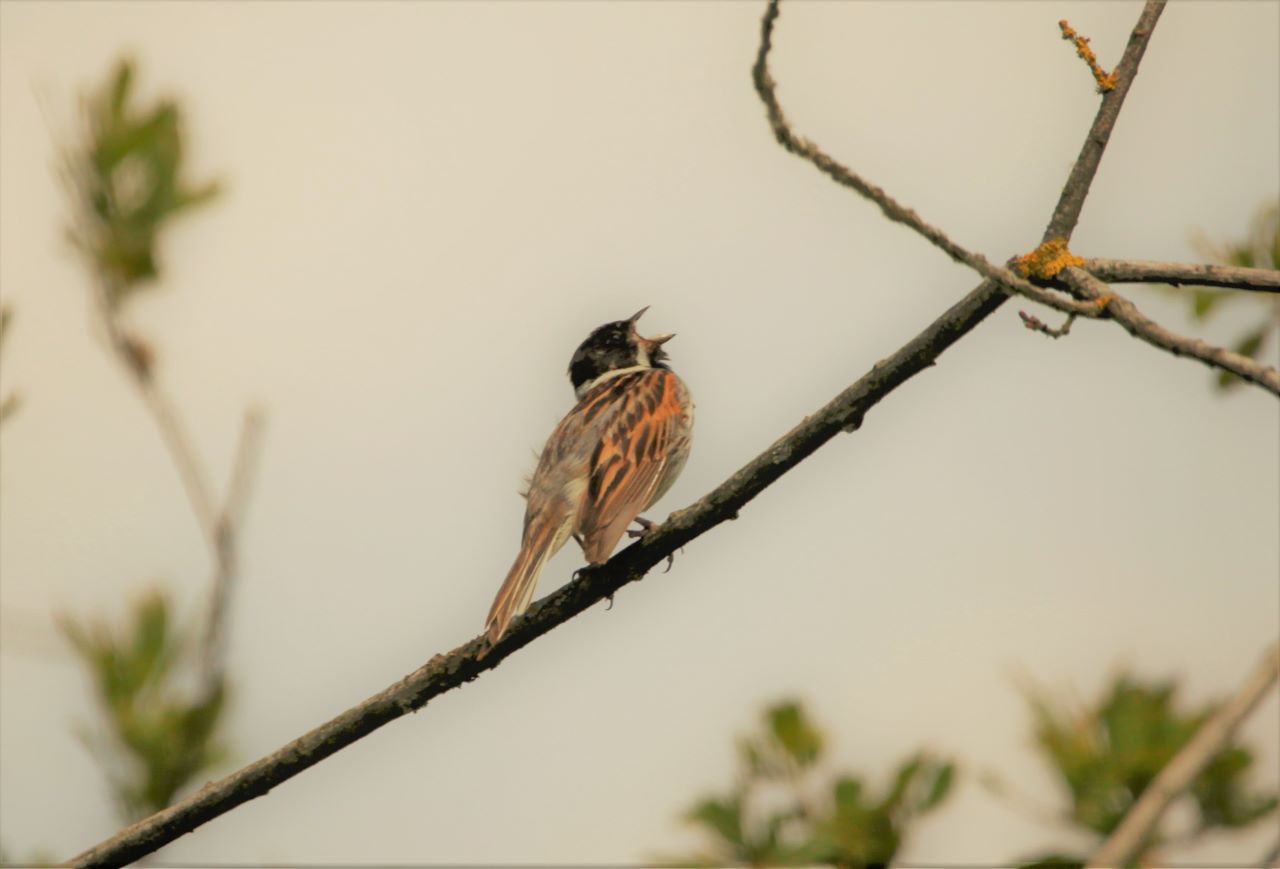
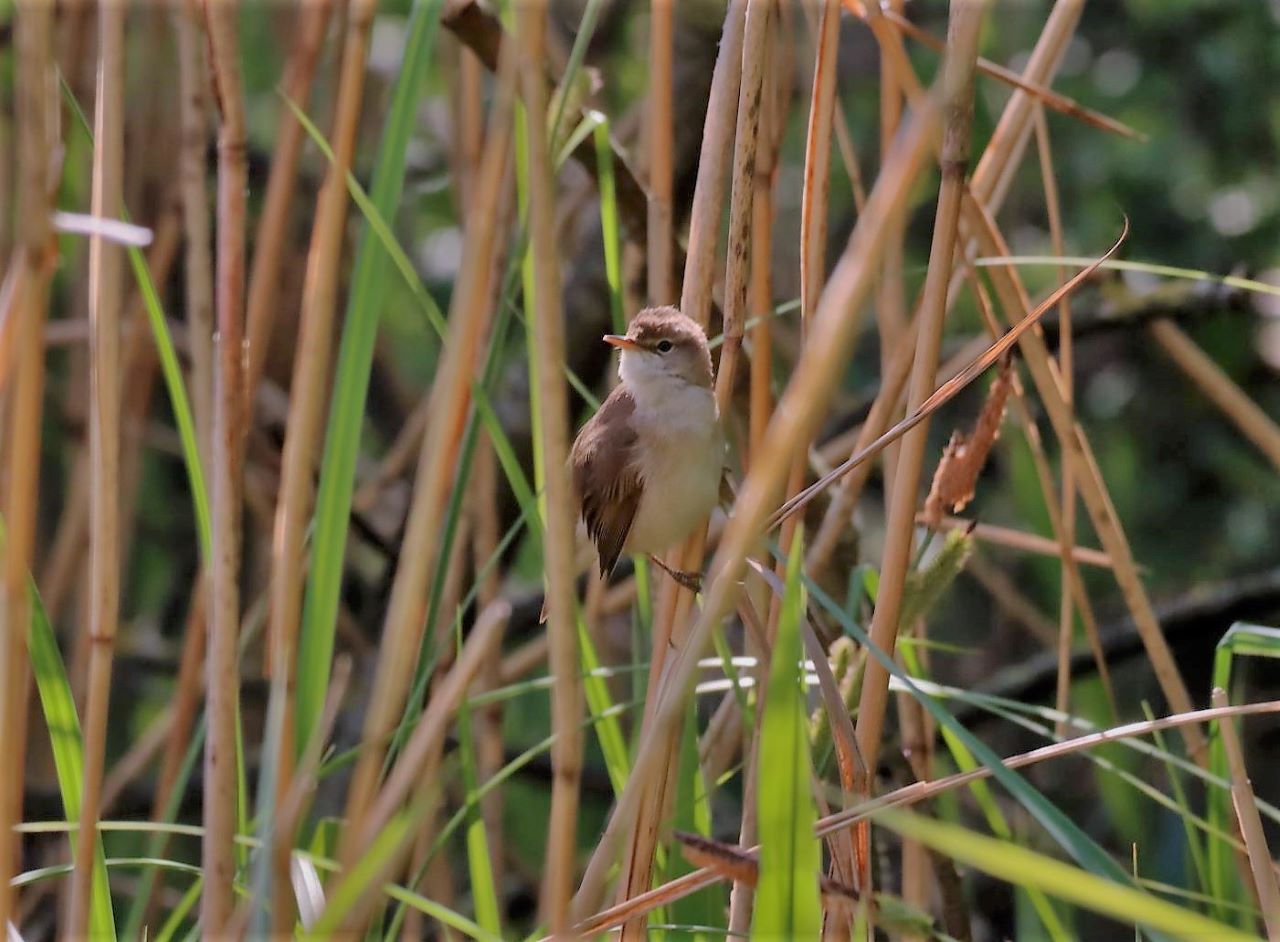
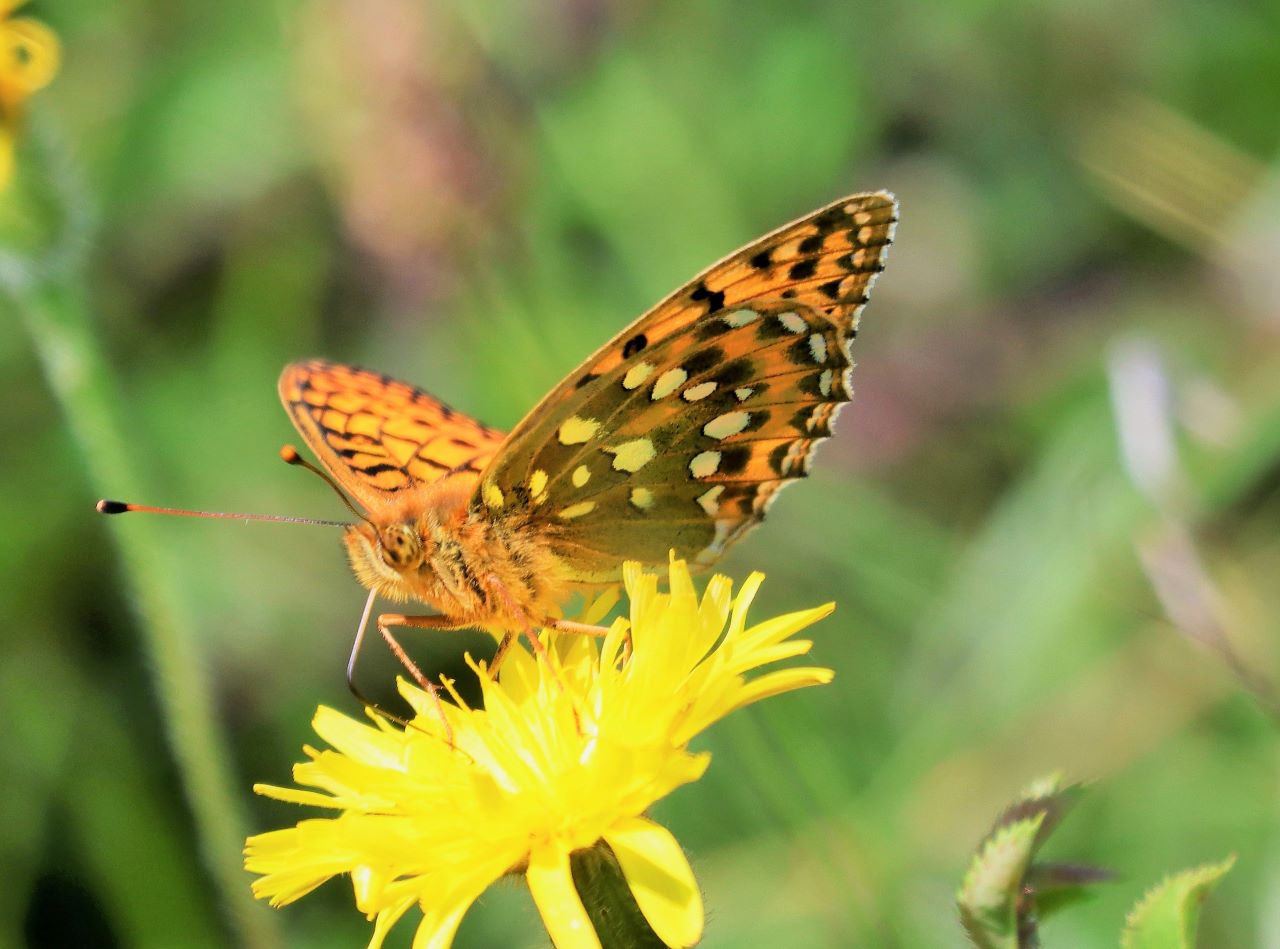
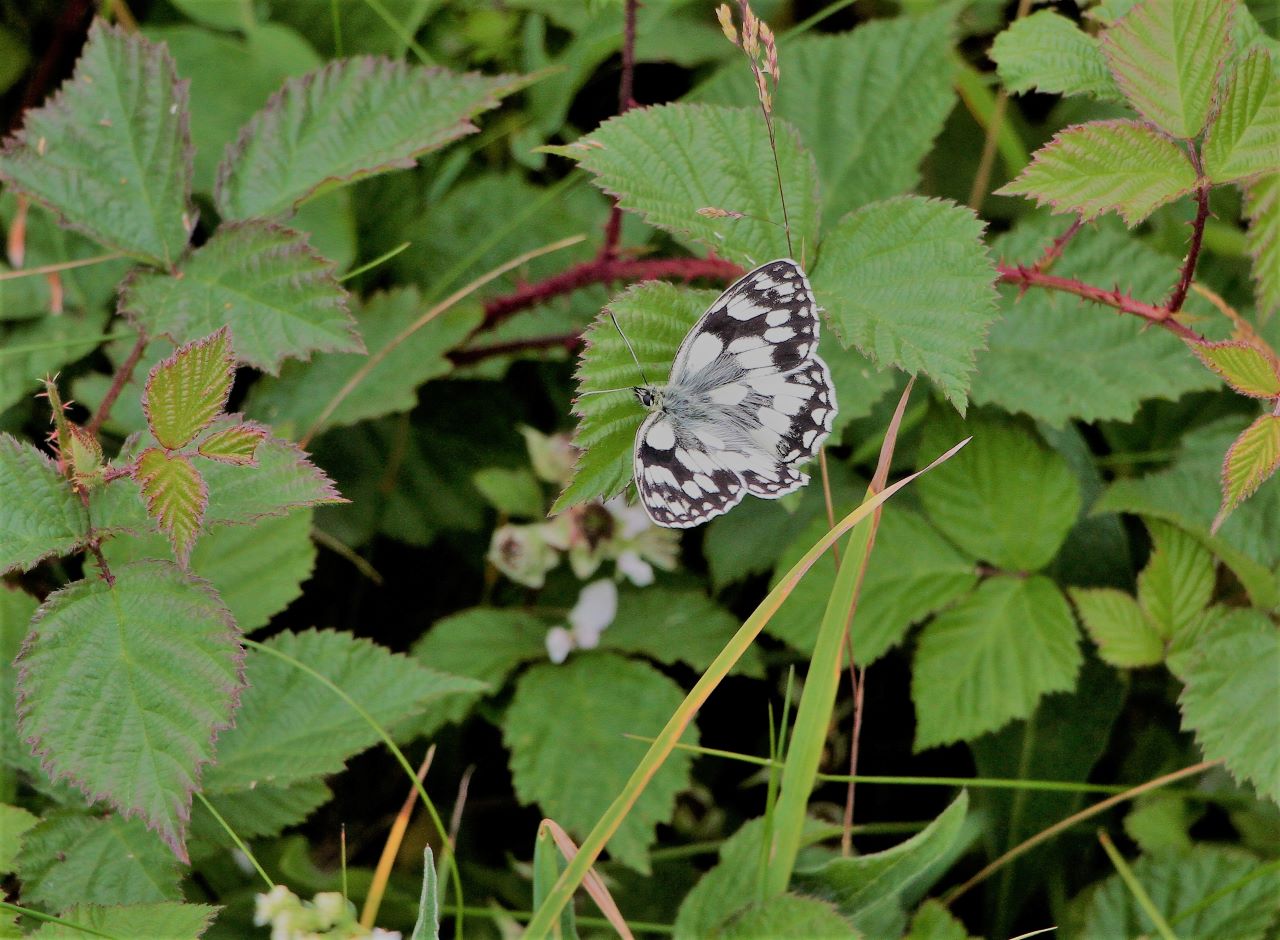
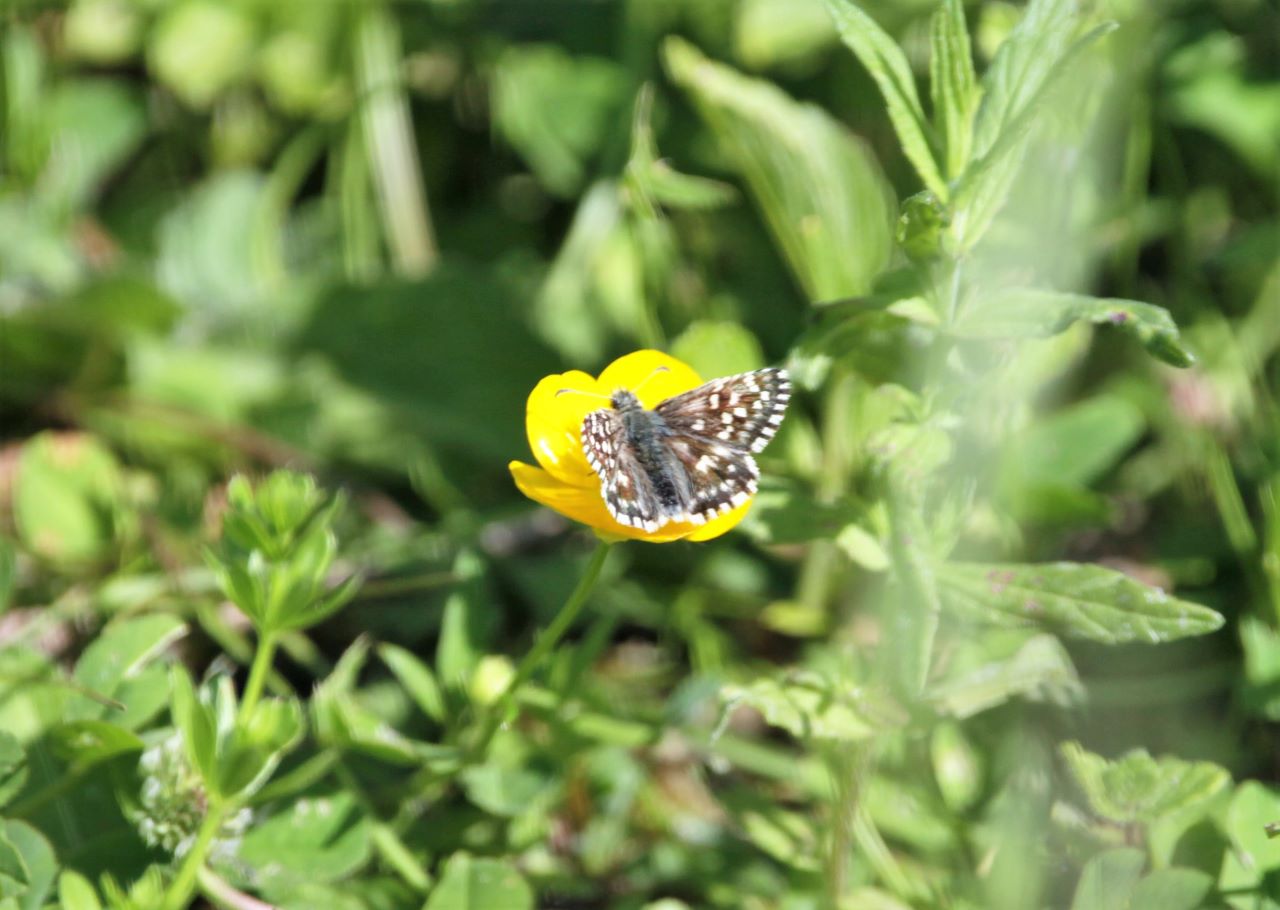

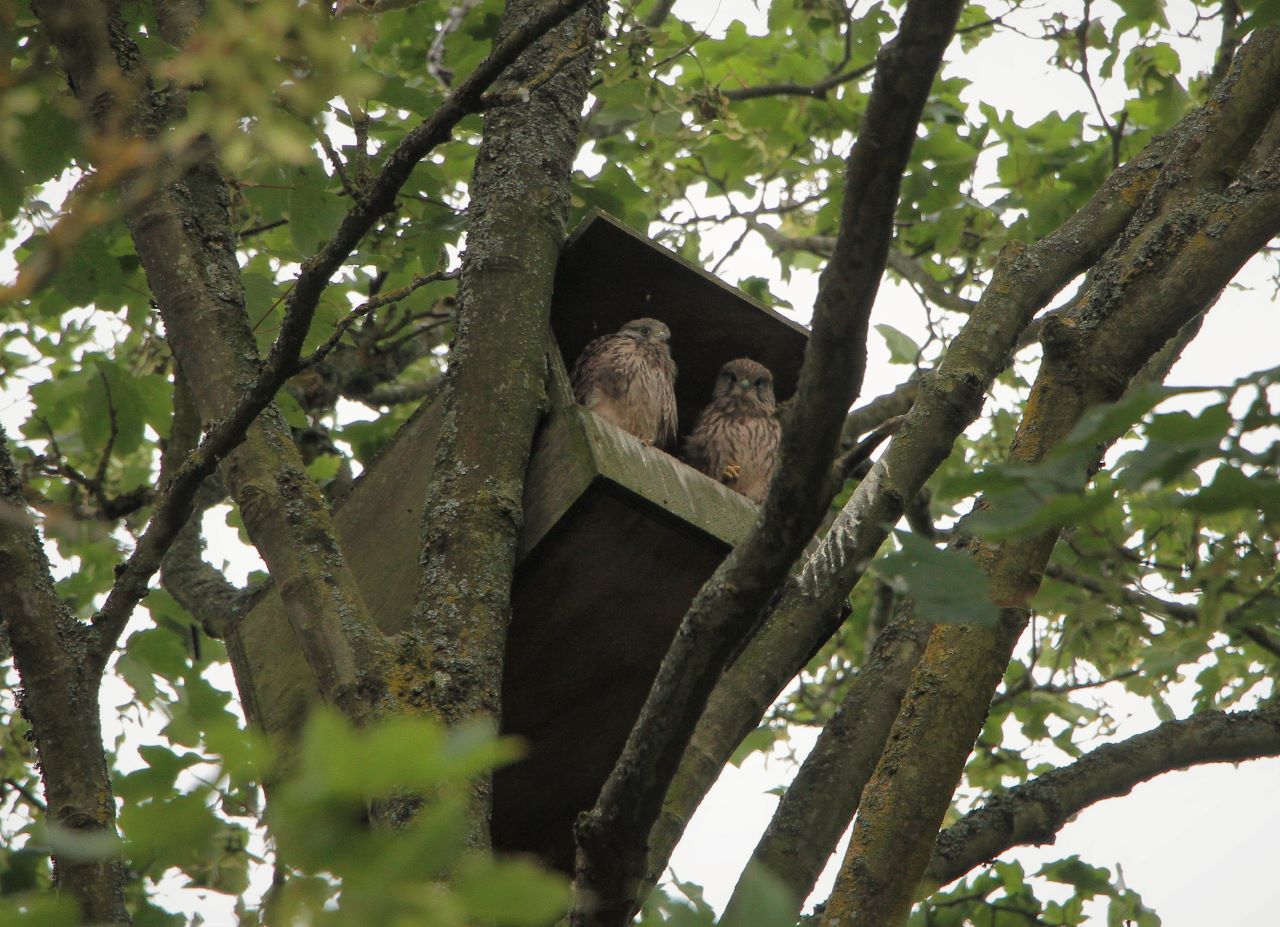
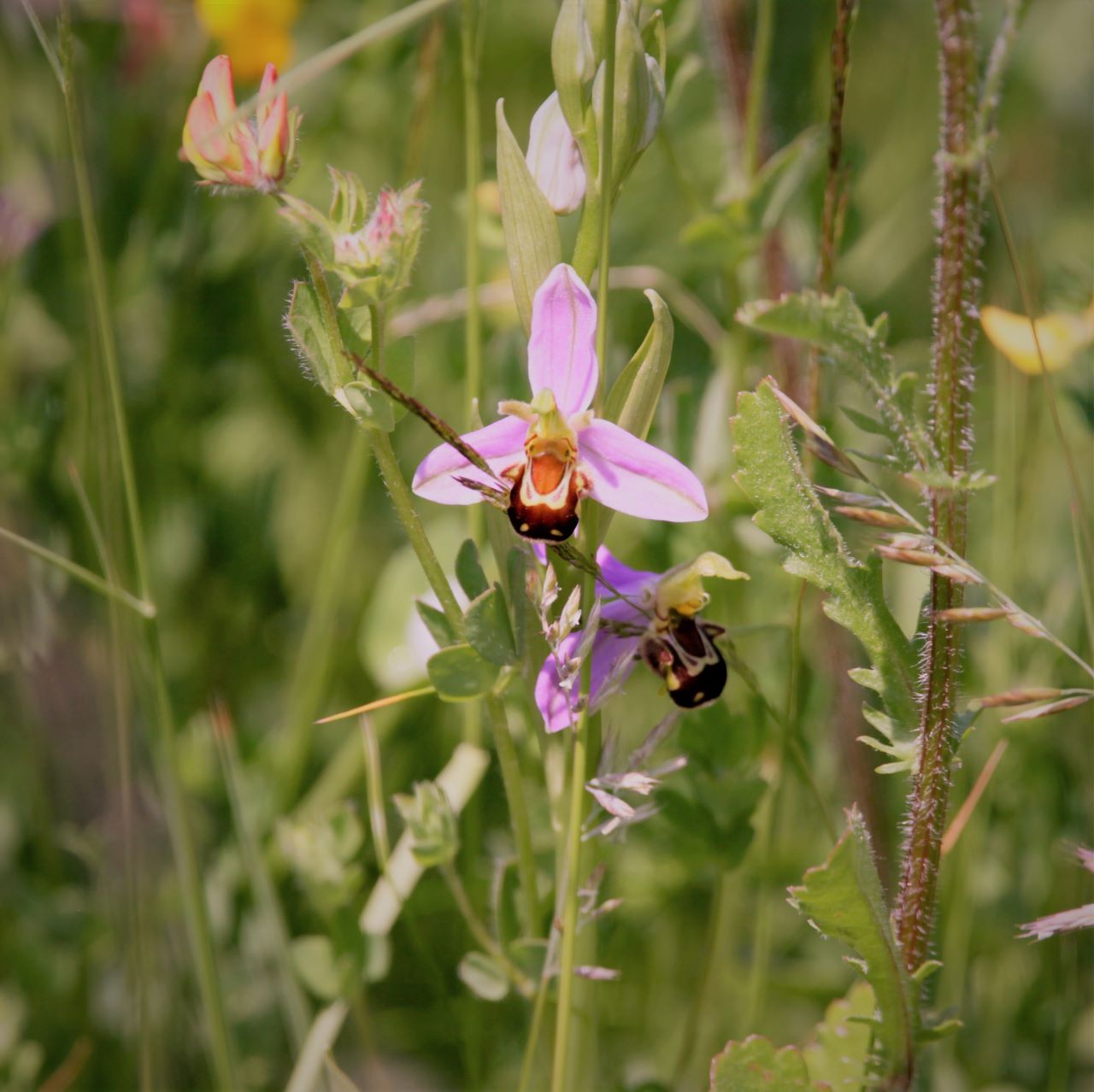
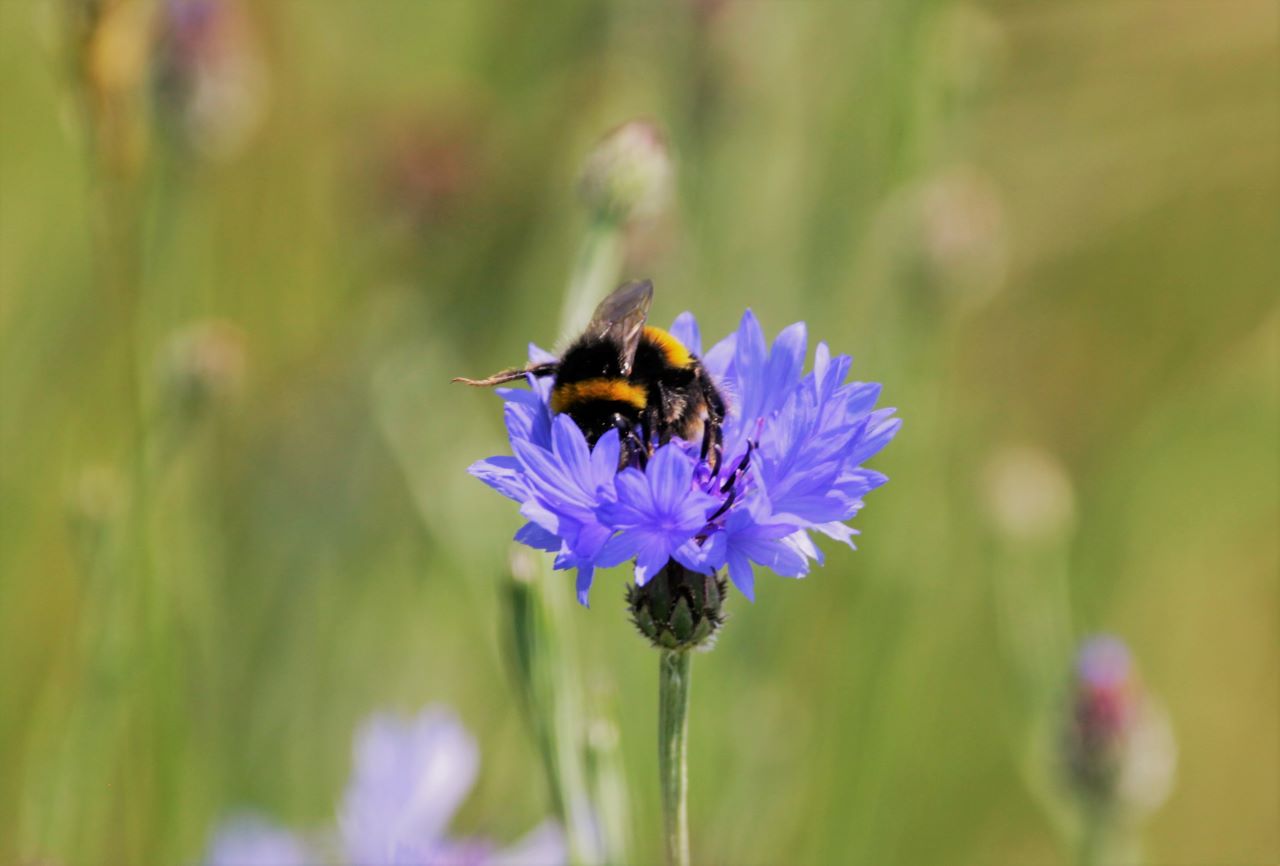

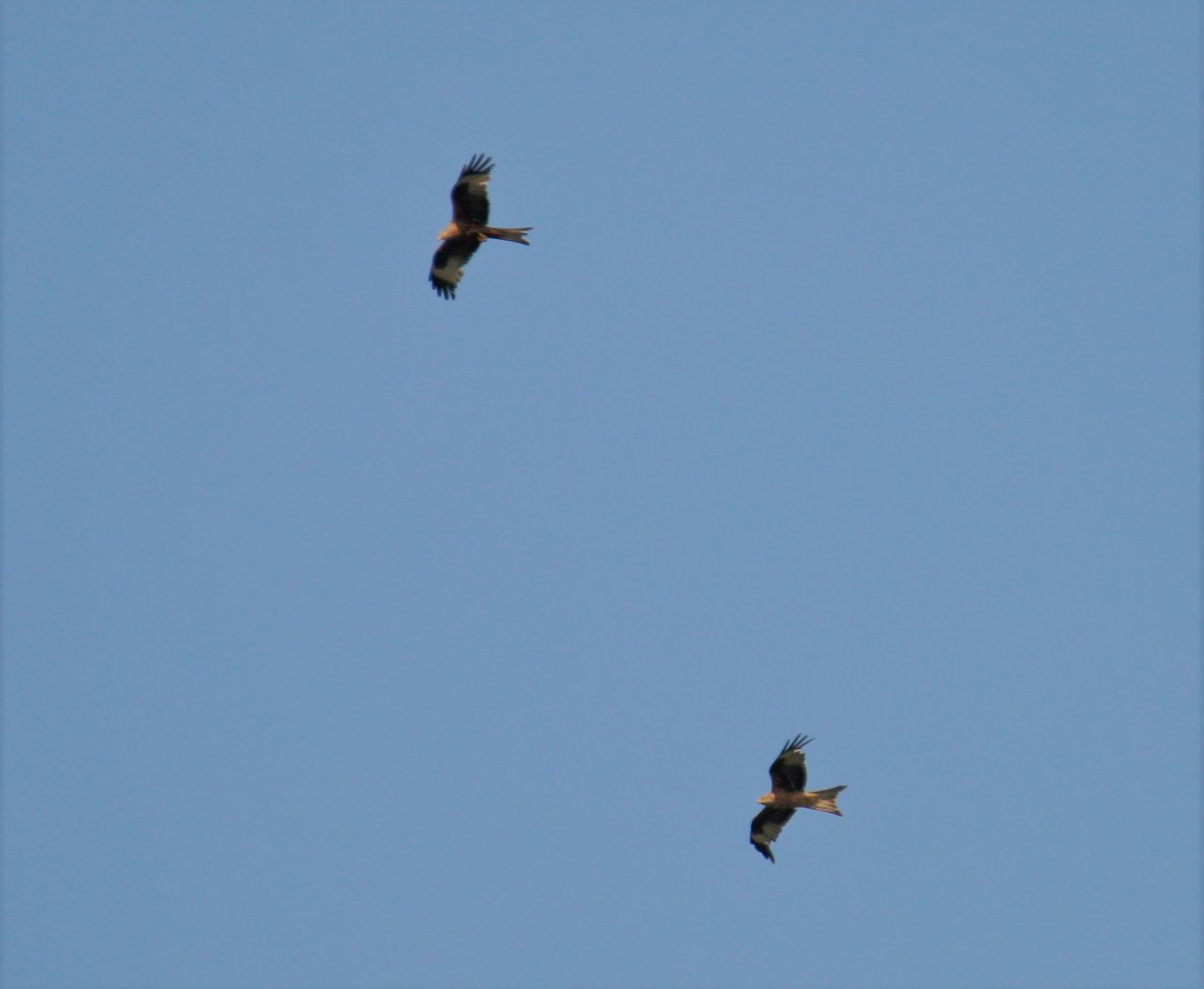
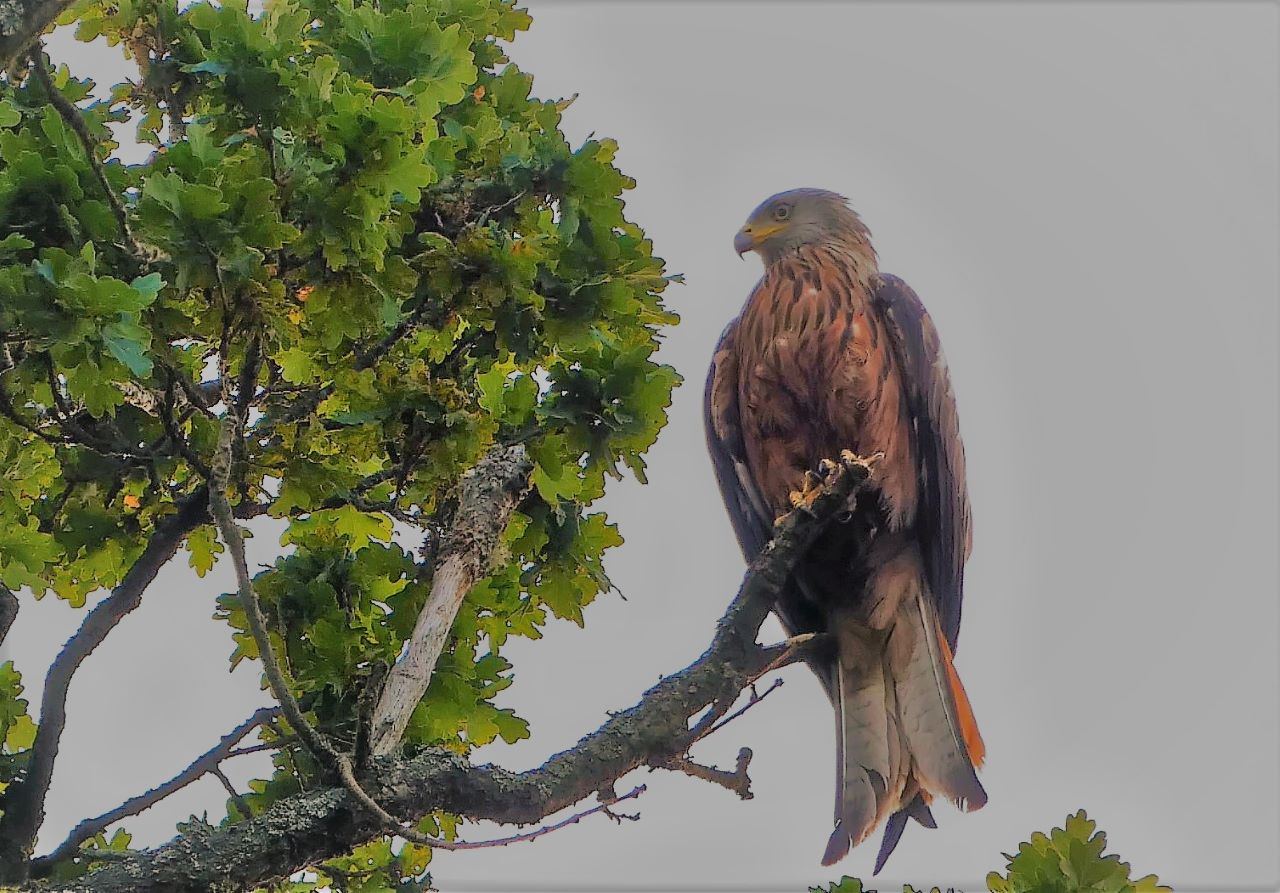
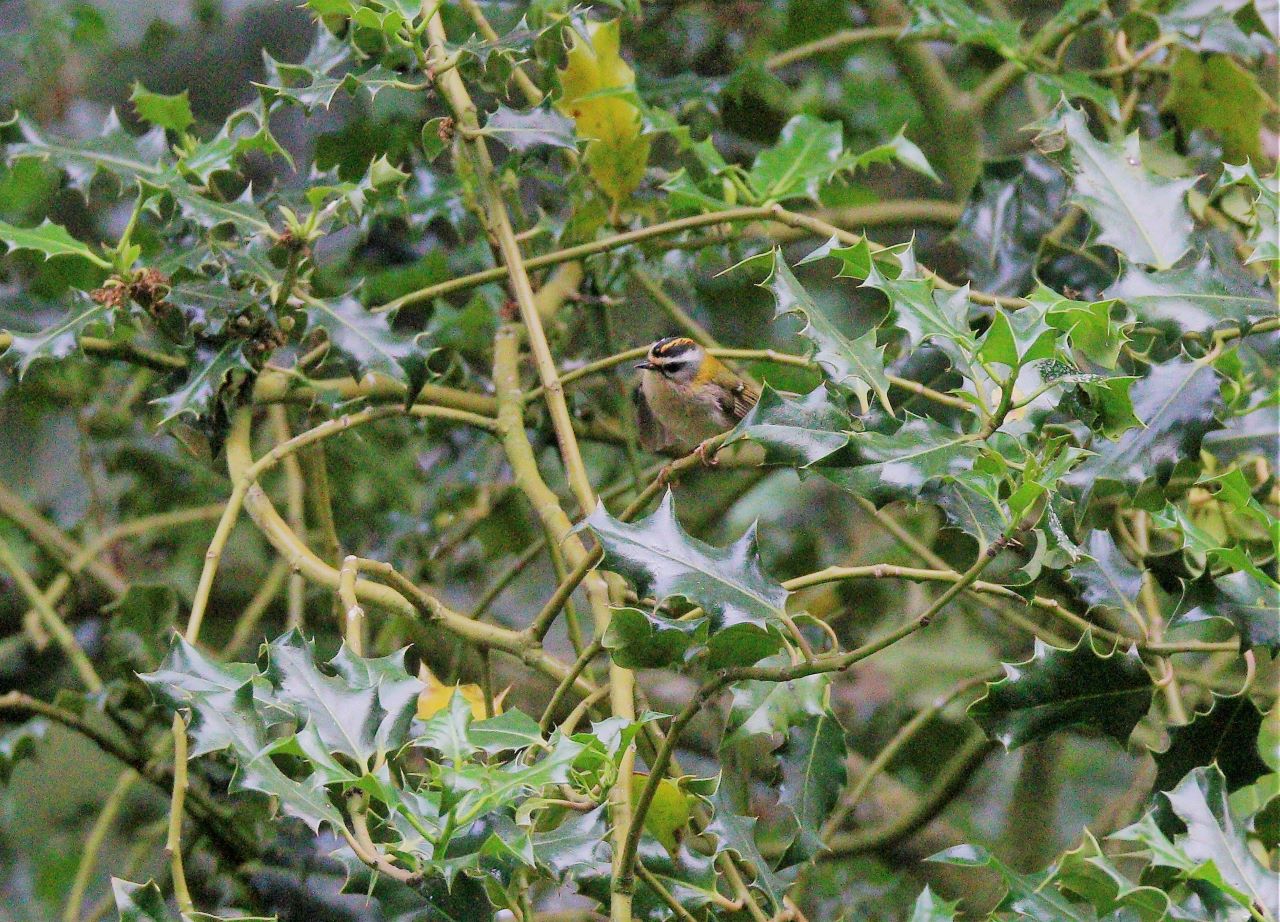
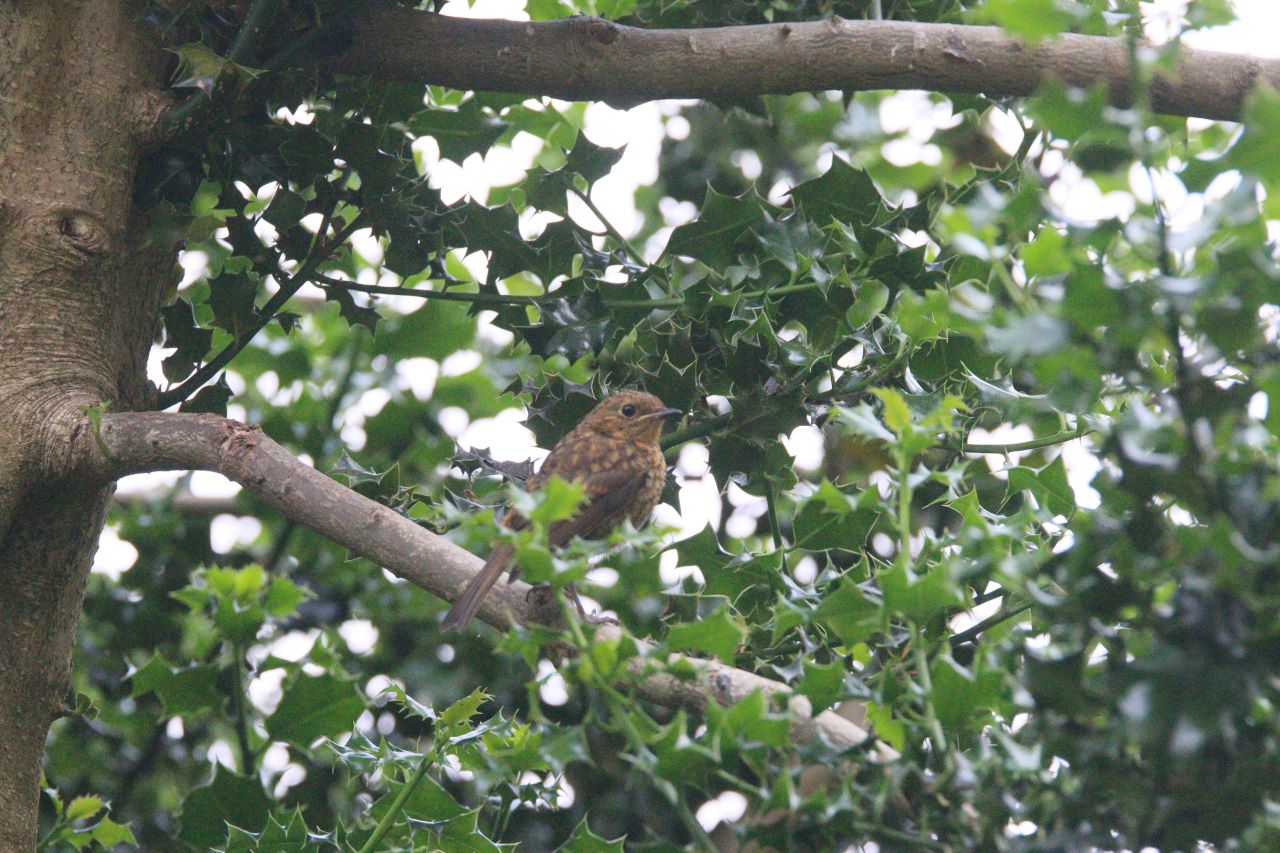
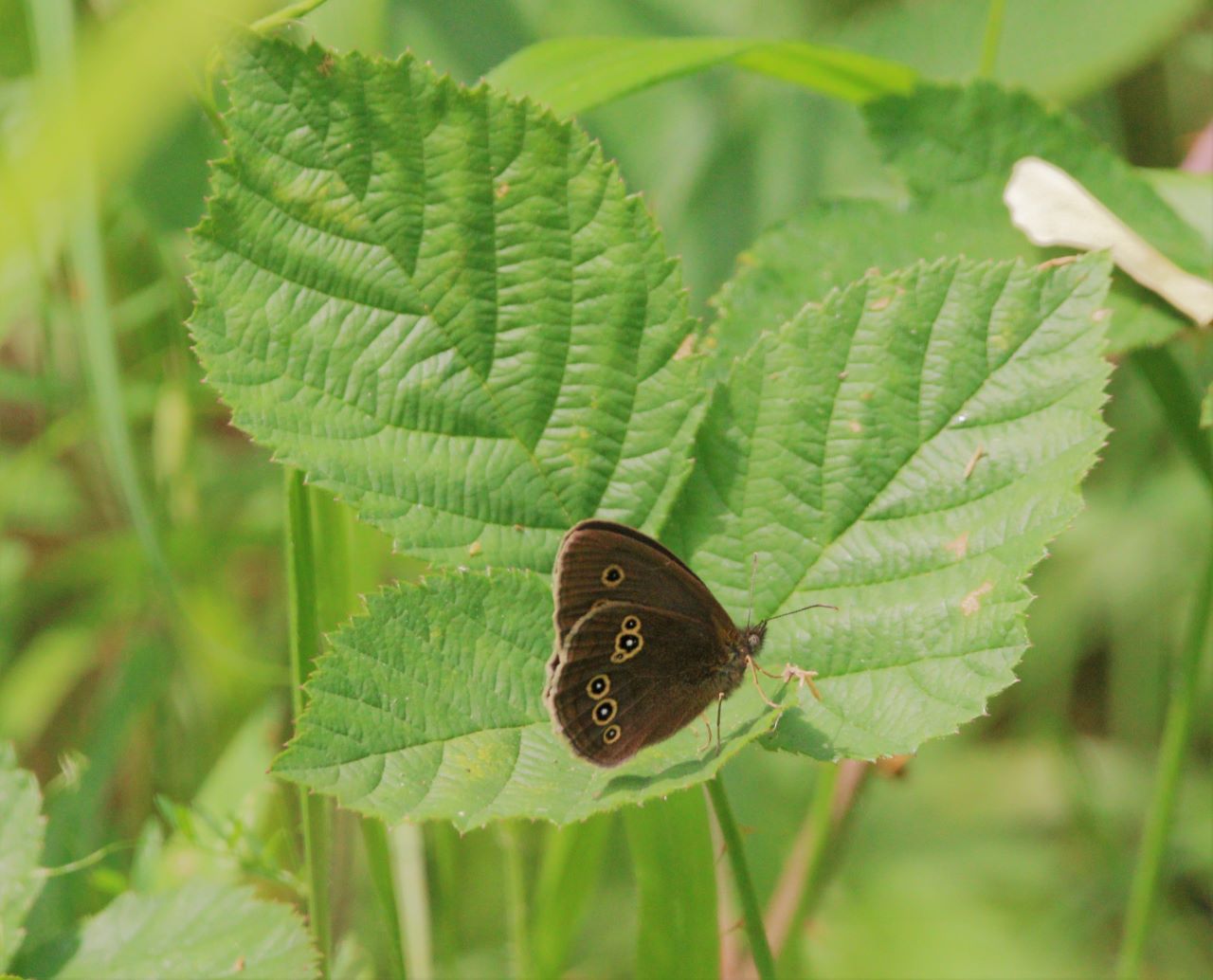
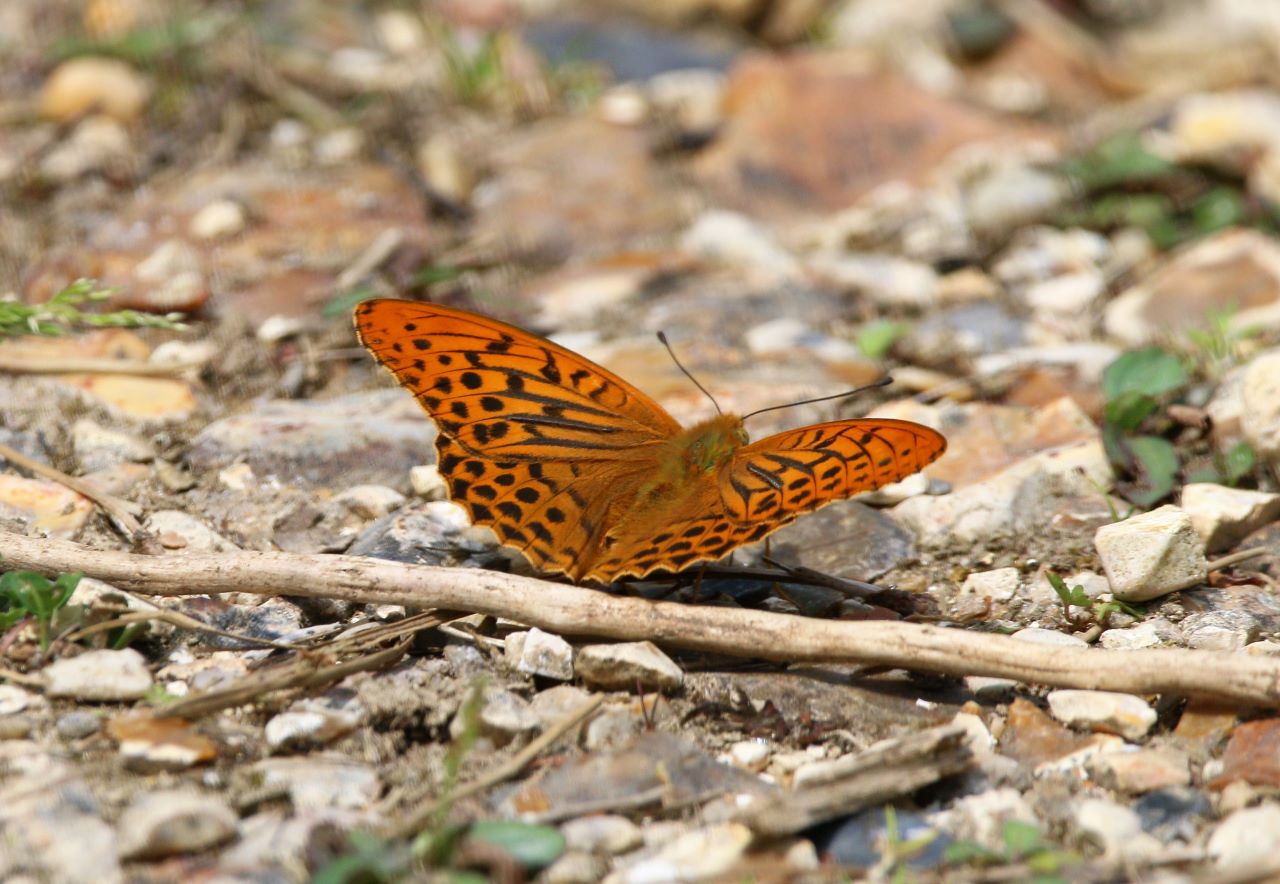


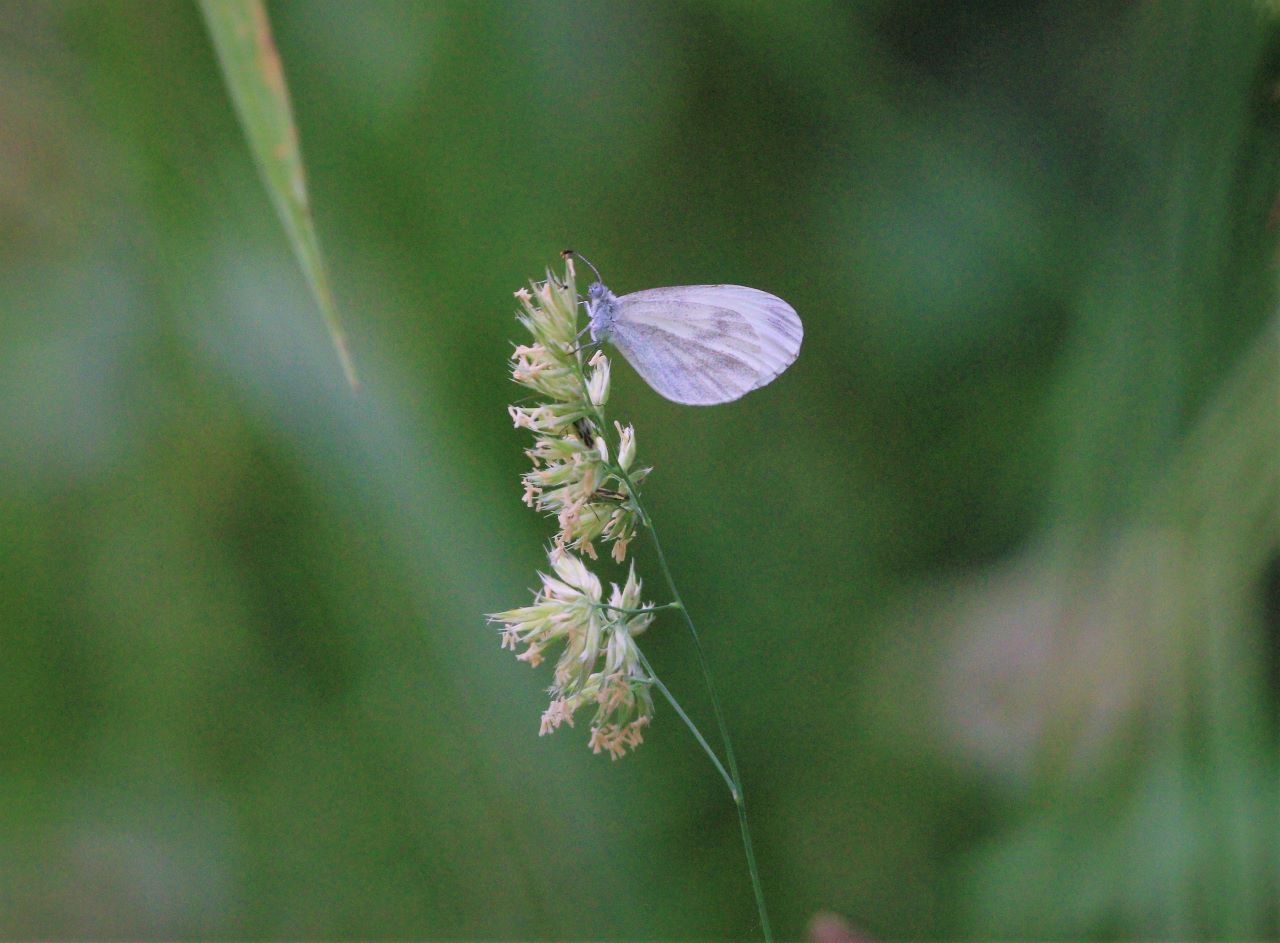
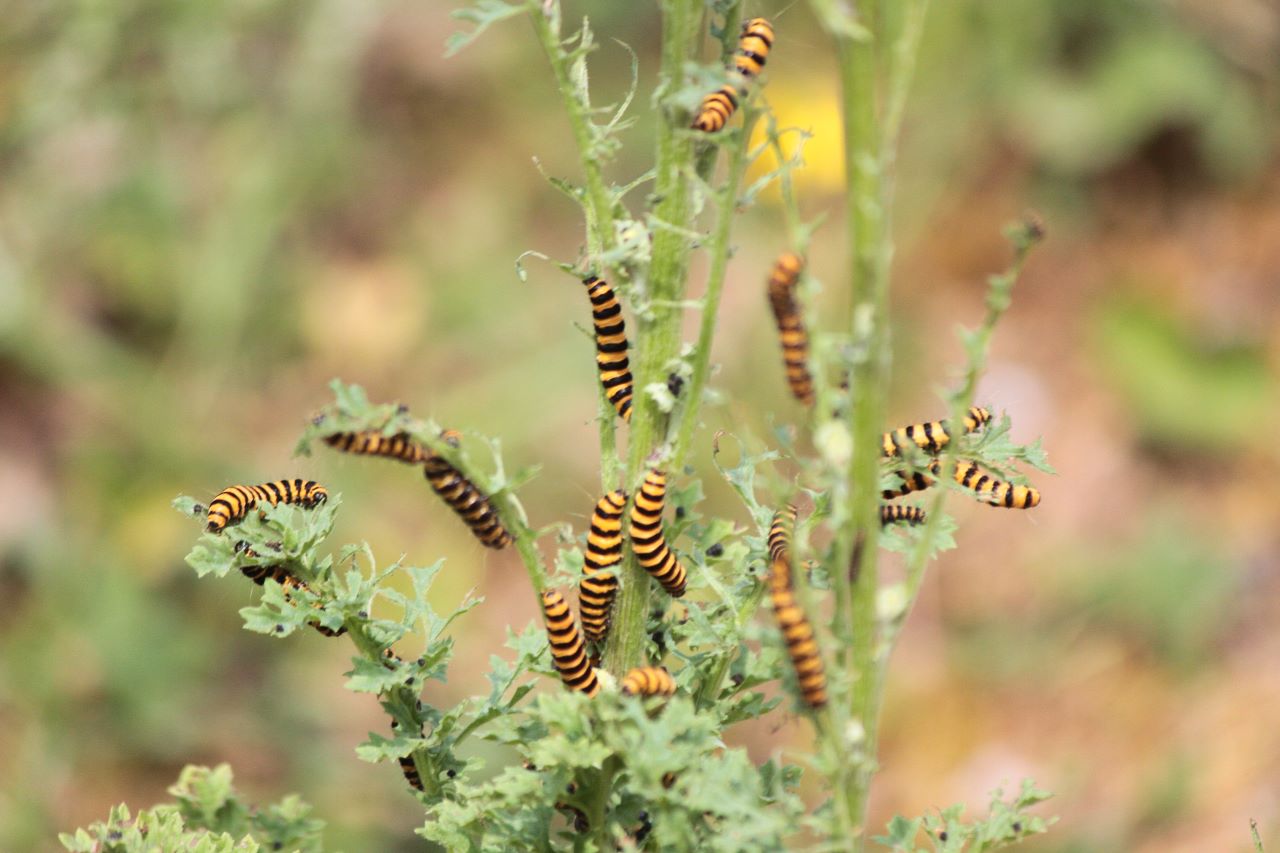
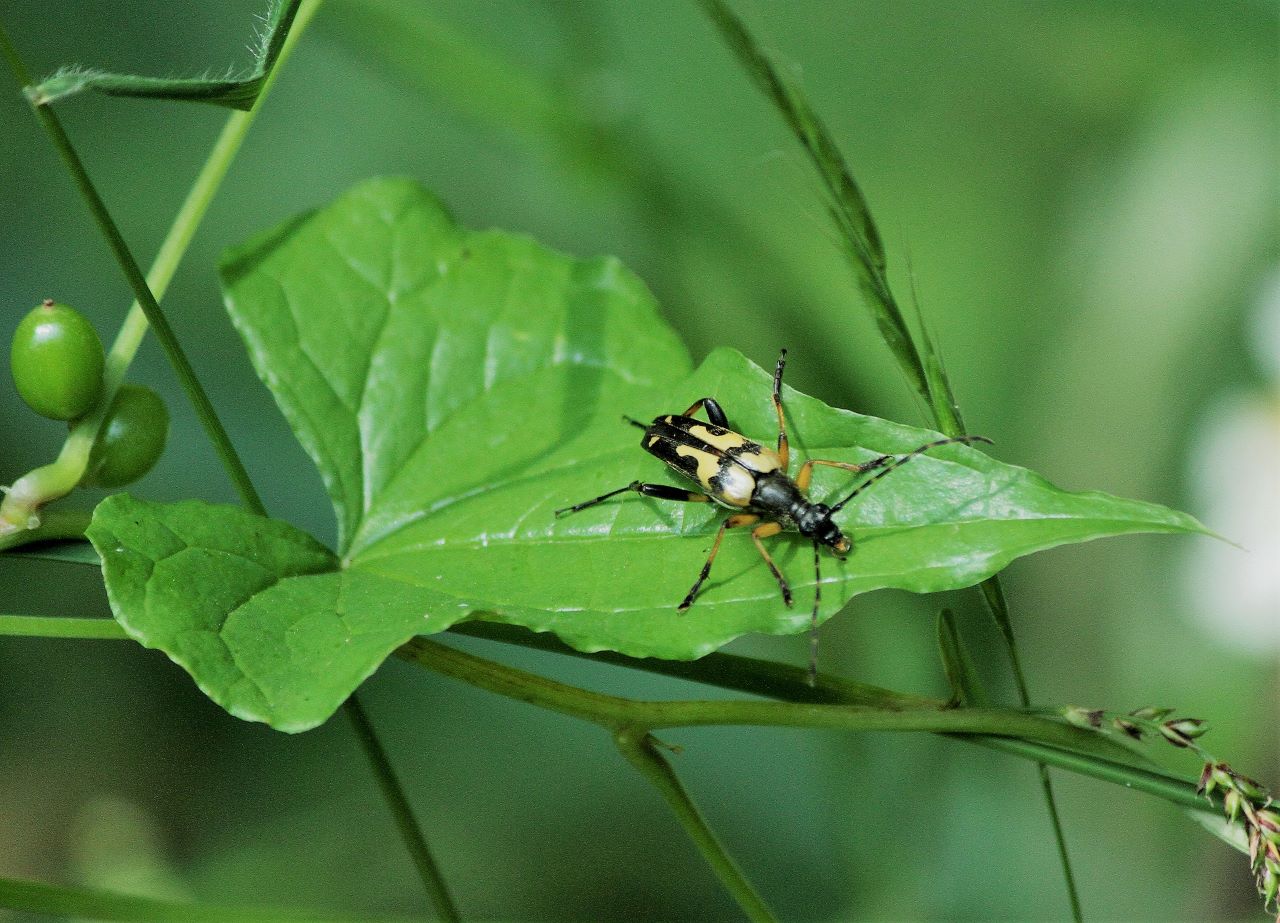
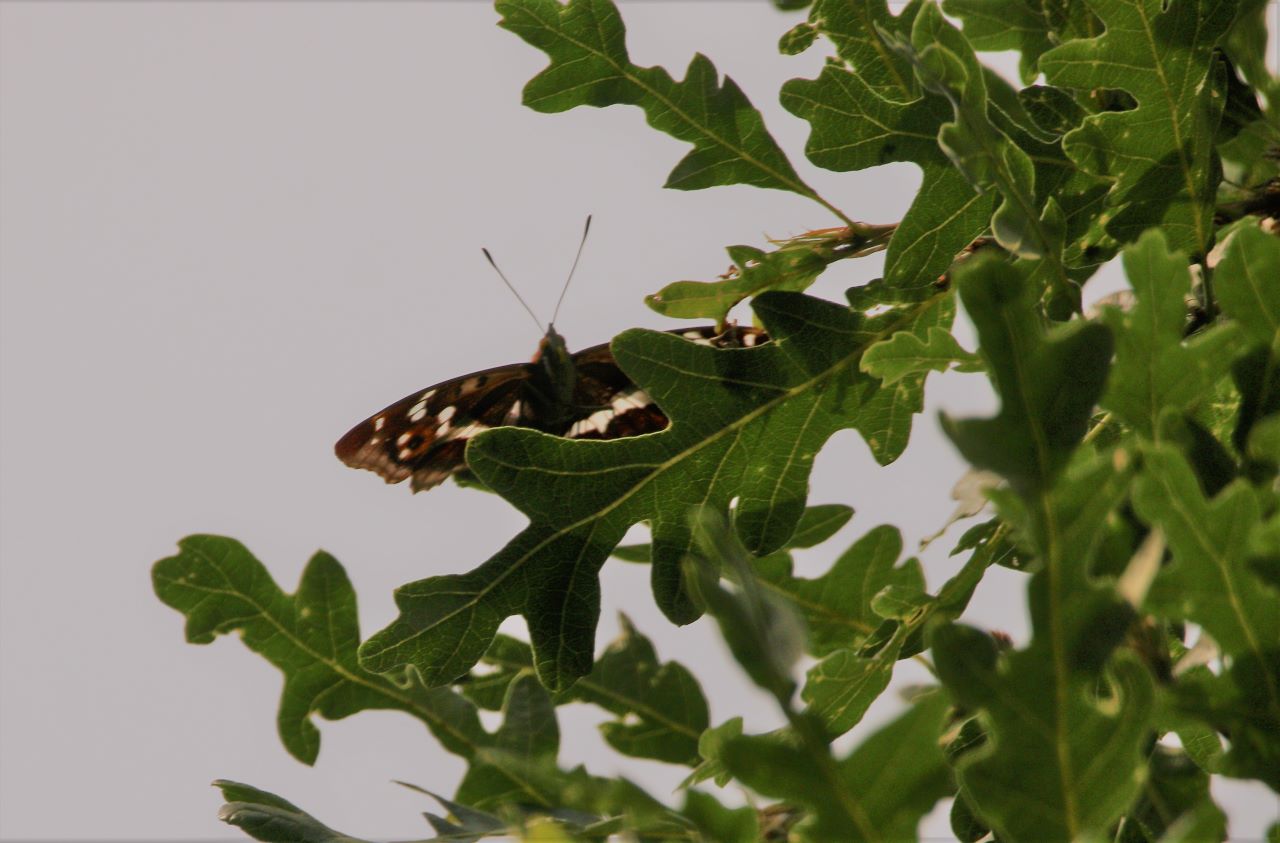







Harry Eve
July 2, 2023 at 8:16 am
If you had to pick a winner here I would say the wonderful photo of the Dark Green Fritillary.
Simon
July 14, 2023 at 2:36 pm
Really enjoyable articles. Don’t think we appreciate the amount of wildlife in our region.